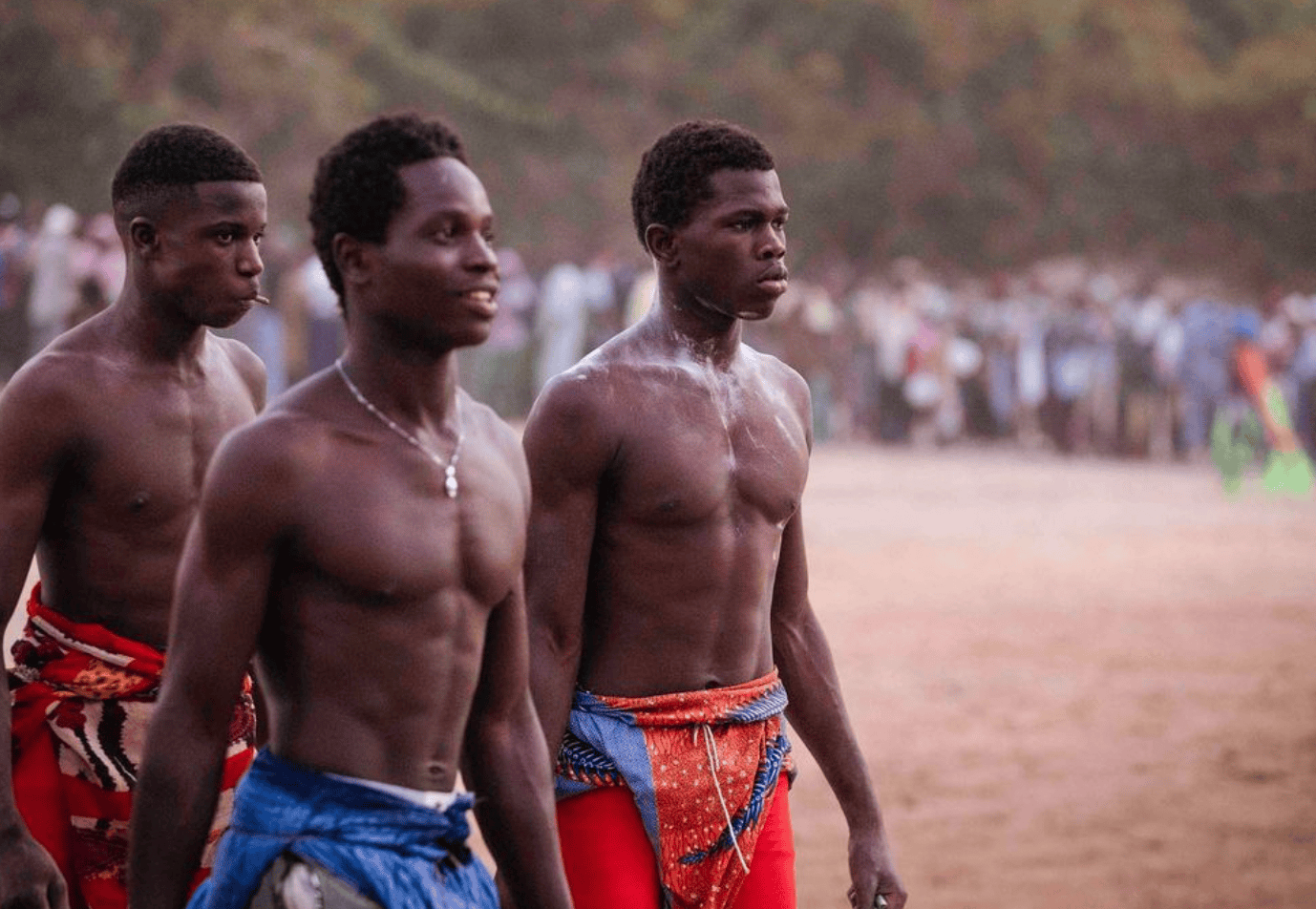Looking to escape the winter and warm up in an authentic destination close to Europe? Head to Senegal. With perfect weather, world-class hospitality, delicious food, and a fascinating culture, Senegal is a superb winter destination for adventurous travellers. Here’s where to go, what to see and practical tips to live an incredible West African experience.
TWO WEEKS IN SENEGAL: IMMERSIVE ITINERARY FROM DAKAR TO CASAMANCE
DATE: 24 MARCH 2024 #travel guide
![2-week winter trip itinerary Senegal]()
Dreaming to explore Africa but don’t know where to start? Head to Senegal. With perfect weather, world-class hospitality, delicious food, and a fascinating culture, Senegal is a superb destination for adventurous travellers. Here's an immersive itinerary that combines beautiful beaches, cultural immersion and surfing to give you an incredible West African experience, with practical and up-to-date information on how to travel through the country with peace of mind. But beware...you’ll most likely catch the “Africa bug” and will want to return to this continent for more!
SENEGAL TRAVEL GUIDE
TWO WEEKS IN SENEGAL: IMMERSIVE ITINERARY FROM DAKAR TO CASAMANCE
DATE: 24 MARCH 2024 #travel guide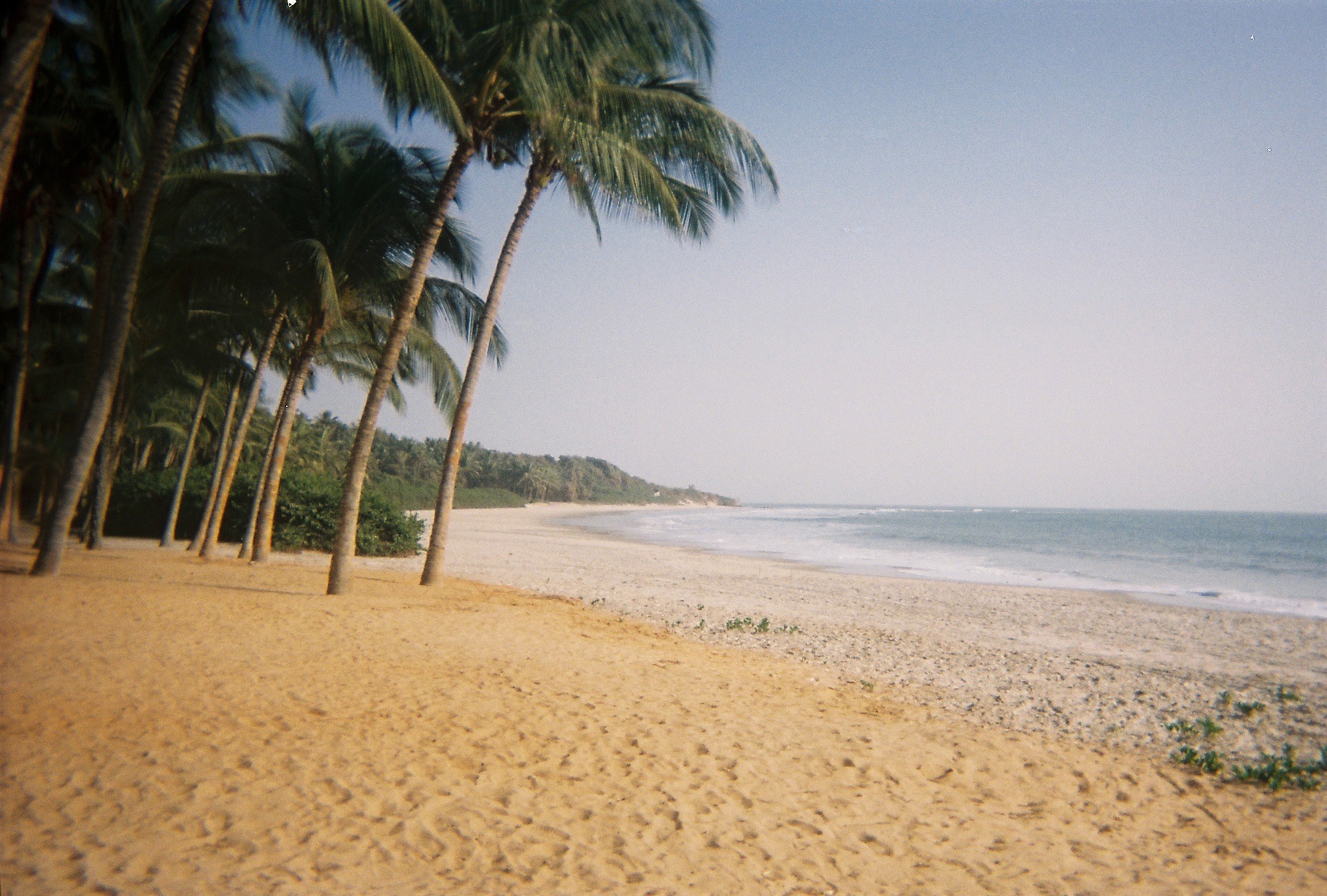
Dreaming to explore Africa but don’t know where to start? Head to Senegal. With perfect weather, world-class hospitality, delicious food, and a fascinating culture, Senegal is a superb destination for adventurous travellers. Here's an immersive itinerary that combines beautiful beaches, cultural immersion and surfing to give you an incredible West African experience, with practical and up-to-date information on how to travel through the country with peace of mind. But beware...you’ll most likely catch the “Africa bug” and will want to return to this continent for more!
SENEGAL TRAVEL GUIDE
2-Week Senegal Itinerary: Dakar, Ngor Island & Casamance
This itinerary takes you from Dakar to Casamance in 15 days. You’ll begin your adventure in Dakar to get a gentle introduction to the country’s rich culture and history. You’ll then venture South to explore remote villages and wild, empty beaches, and discover the Diola culture. This Senegal itinerary avoids tourist hubs such as Saly, which I’ve been to, and is not worth the detour if you’re looking for a raw and authentic experience. Instead, you’ll find a blend of adventure, culture and pleasure for a fulfilling travel experience.
Senegal winter trip itinerary Week 1: Dakar & Ngor Island
Stay one night in Dakar before heading to the eclectic Ngor Island, a few minutes away from the city. Ngor Island is ideal as your base to visit the Dakar region, away from the noise and pollution of the frantic capital. You'll get to surf stunning waves in the morning and plan excursions in the afternoon (or vice versa).
Where to stay in Dakar?
Dioba's home in Yoff near Plage du Virage. It’s a beautiful and calm room in a shared house with a garden.
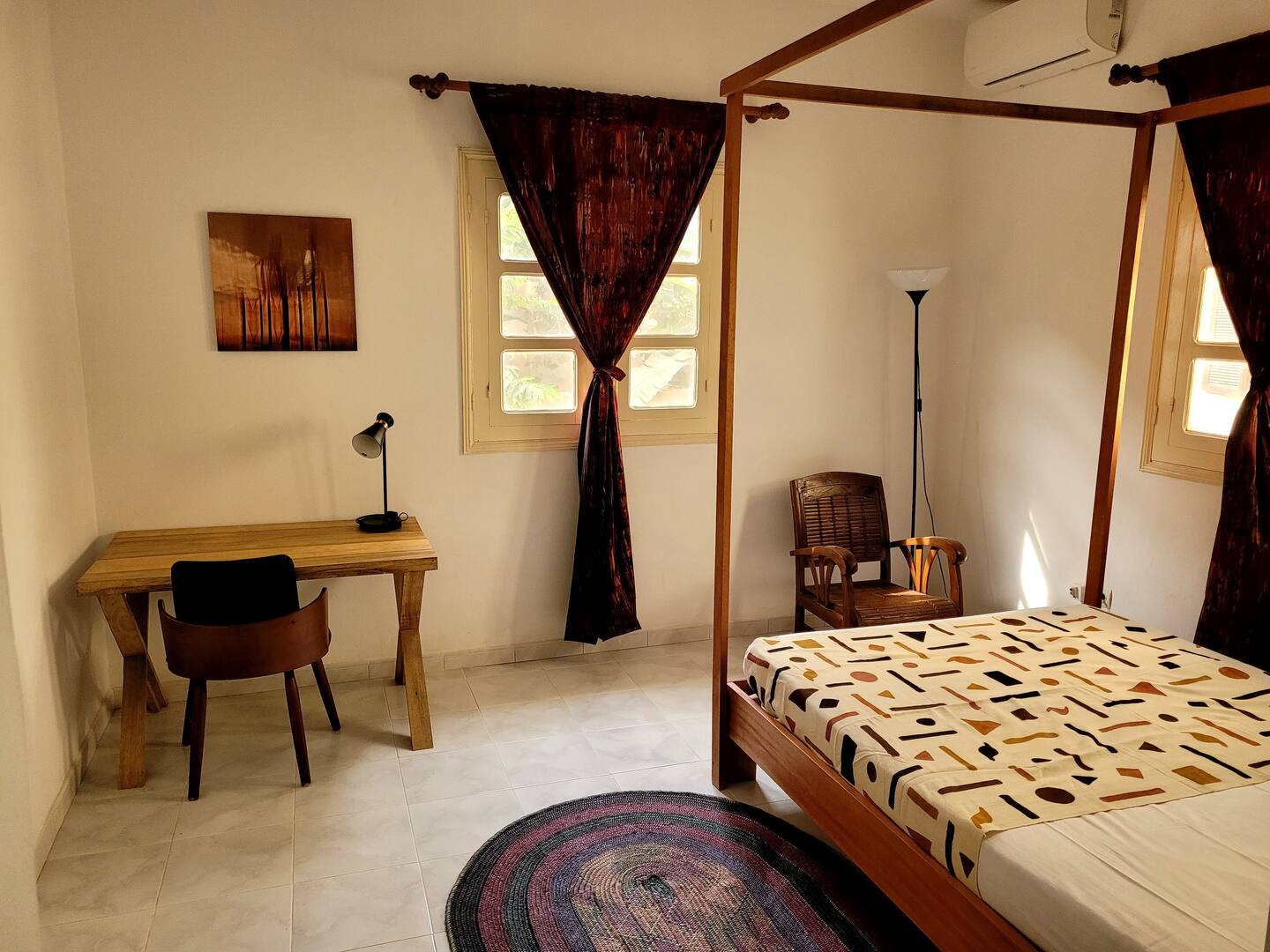


Pictures 1 & 3 from Airbnb’
Book your stay at Dioba’s home ︎︎︎
Fancy some fresh fish? Head to Copacabana Surf Village on Virage beach. It’s 10 minutes walking from the Airbnb’ featured above. Try the lotte fish skewer with fried plantains and cooked veggies for a first taste of the local cuisine.
Good coffee? The Original Drip near Plage du Virage.
What to see in Dakar?
All guides tell you to go see the African Renaissance Monument, but honestly, you can skip the monument, as you can spot it from most points in the city and will pass right under it when heading to the Soumbédioune market.
Soumbédioune market
Explore the Soumbédioune market to buy souvenirs. Get ready to practice your negotiation skills, and bring cash! If you’re planning to visit Casamance, don’t buy shea butter in Dakar, it’s much cheaper in the South.
Taxi fares from Ngor to Soumbédioune typically cost around 4000 CFA, and the ride takes approximately 40 minutes.
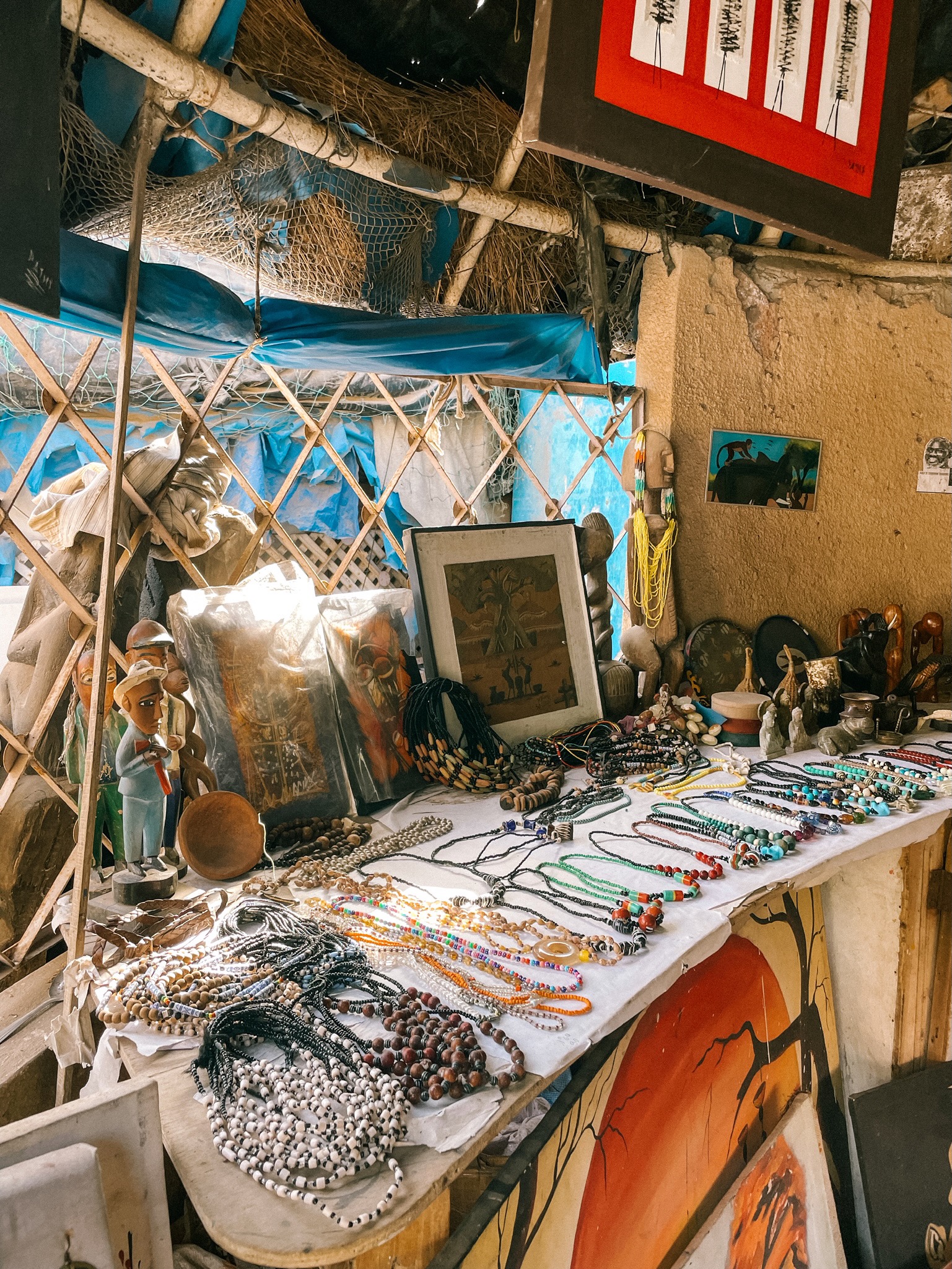 Inside a shop in the Soumbédioune market, Dakar
Inside a shop in the Soumbédioune market, Dakar
The fish market in Soumbédioune, Dakar
Gorée Island
Gorée Island is a small island located off the coast of Dakar. As one of Senegal’s most touristy places, it holds immense historical significance, being a former hub of the transatlantic slave trade. The island's picturesque beauty contrasts sharply with its dark history, and the architecture of Gorée Island reflects its colonial past, with colourful houses lining narrow cobblestone streets.
One of the most notable sites on Gorée Island is the House of Slaves (Maison des Esclaves), a UNESCO World Heritage Site. This museum details the brutal conditions endured by enslaved Africans before their forced departure from the island.
Walking through Gorée Island, you’ll pass by elegant balconies, wrought iron railings, pastel-coloured walls and shuttered windows. It’s a harmonious blend of hues, and each street offers something new to discover, from historical landmarks to quaint cafes and artisan workshops.
Half a day is more than enough to explore the island.
To reach Gorée Island, you can take a short ferry ride from the city of Dakar, Senegal. The ferry terminal is located at the Dakar Autonomous Port, and ferries depart regularly throughout the day. You can check schedules and prices here. Don’t forget your passport!

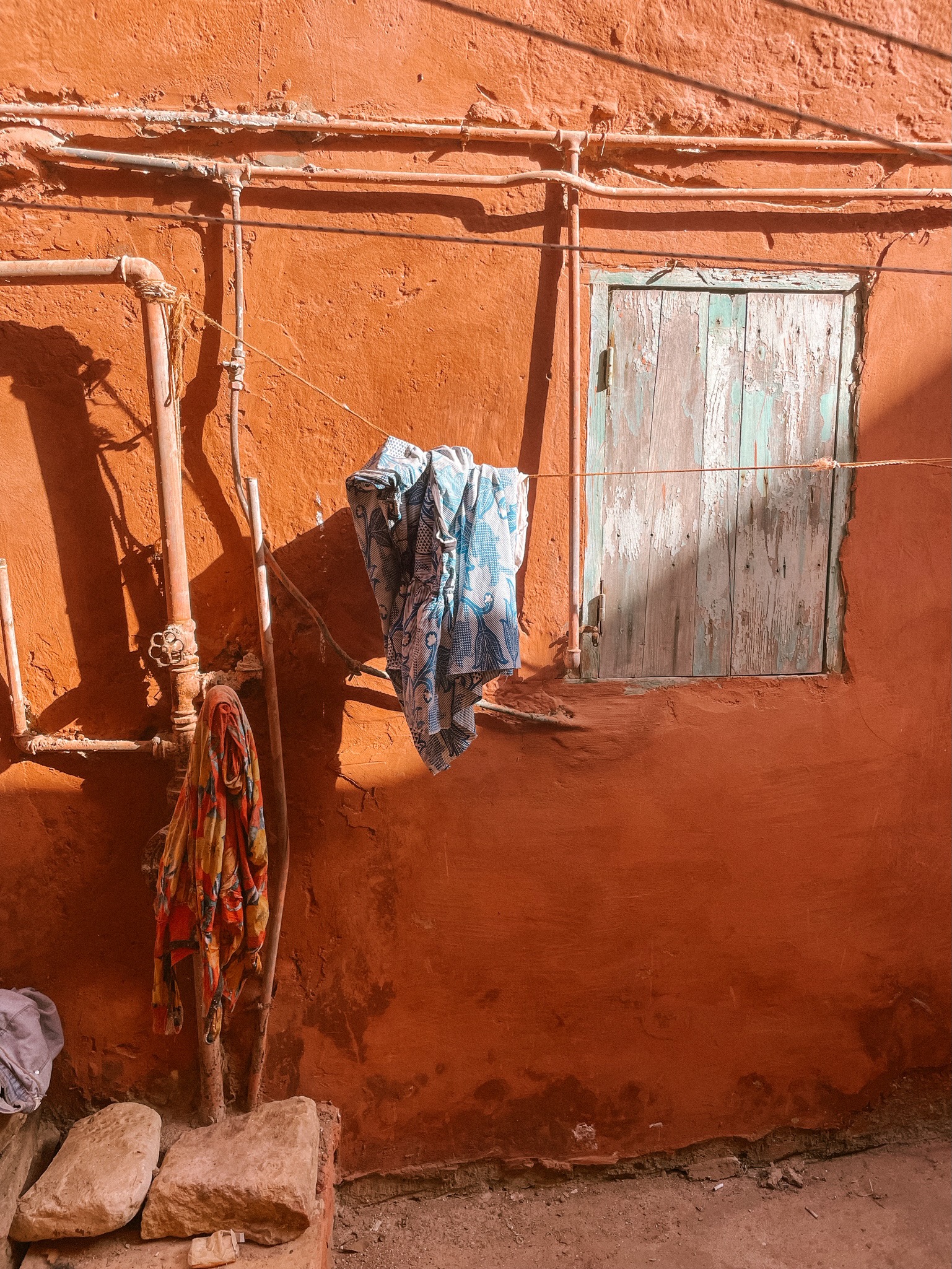
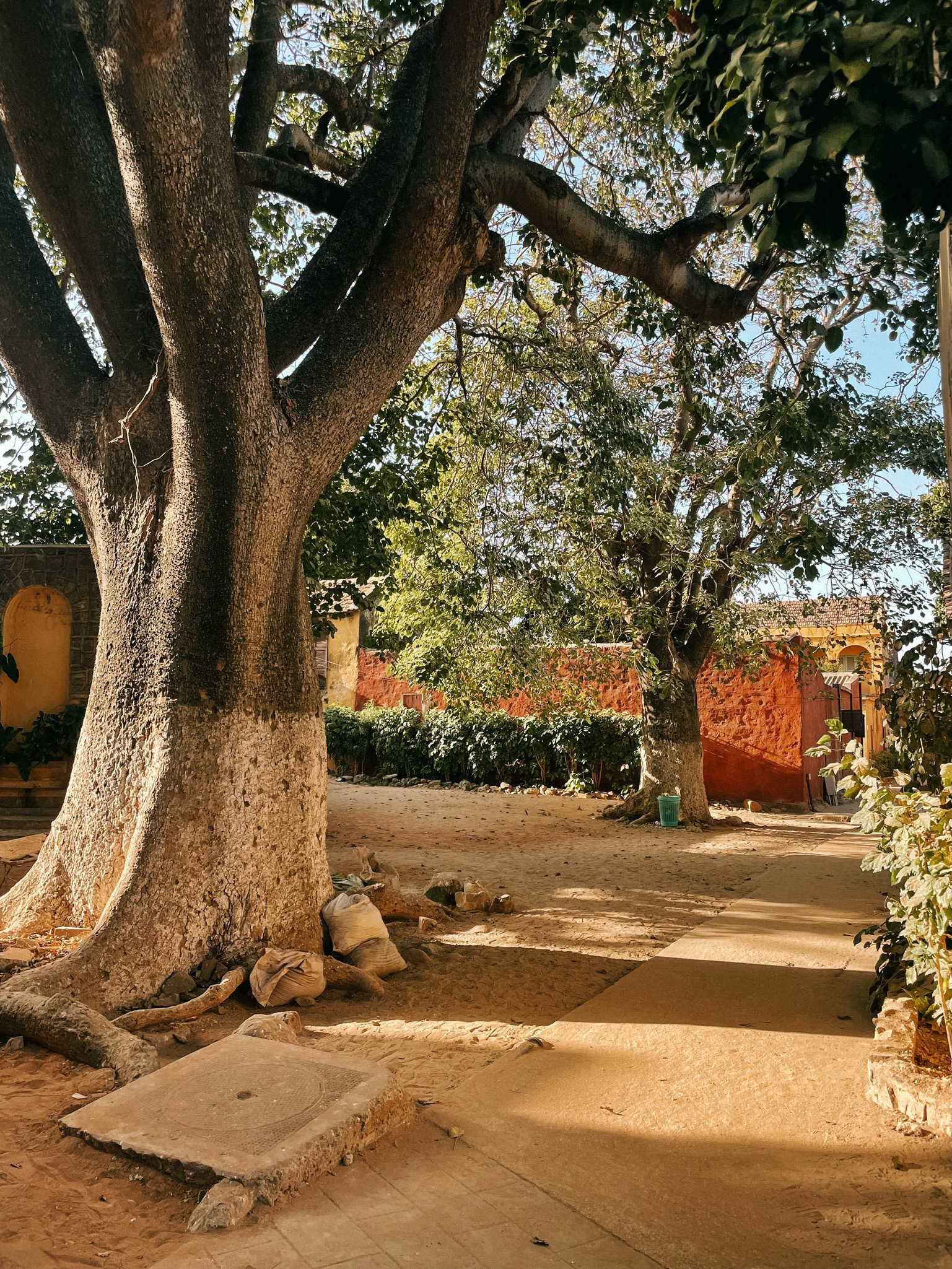
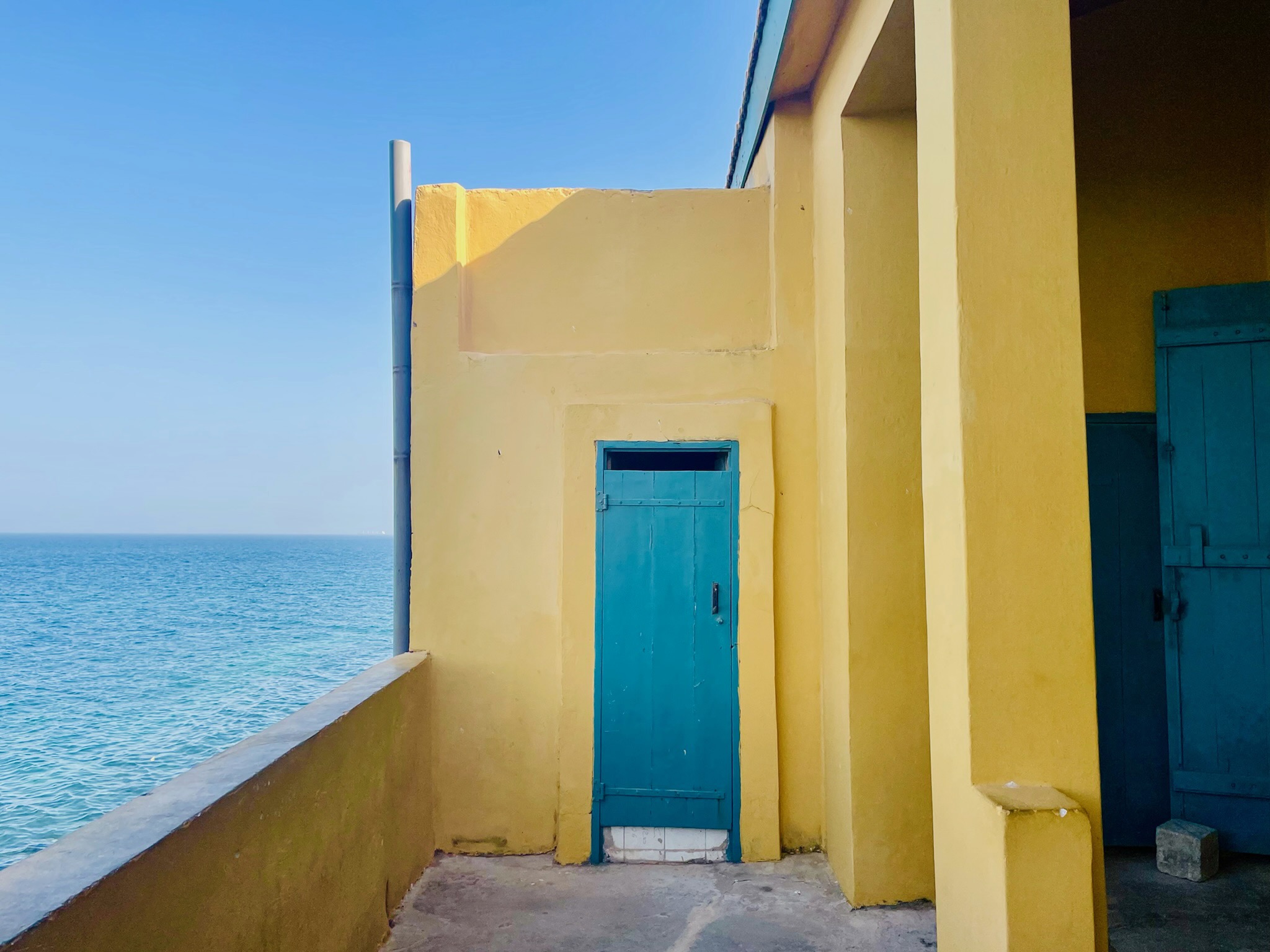
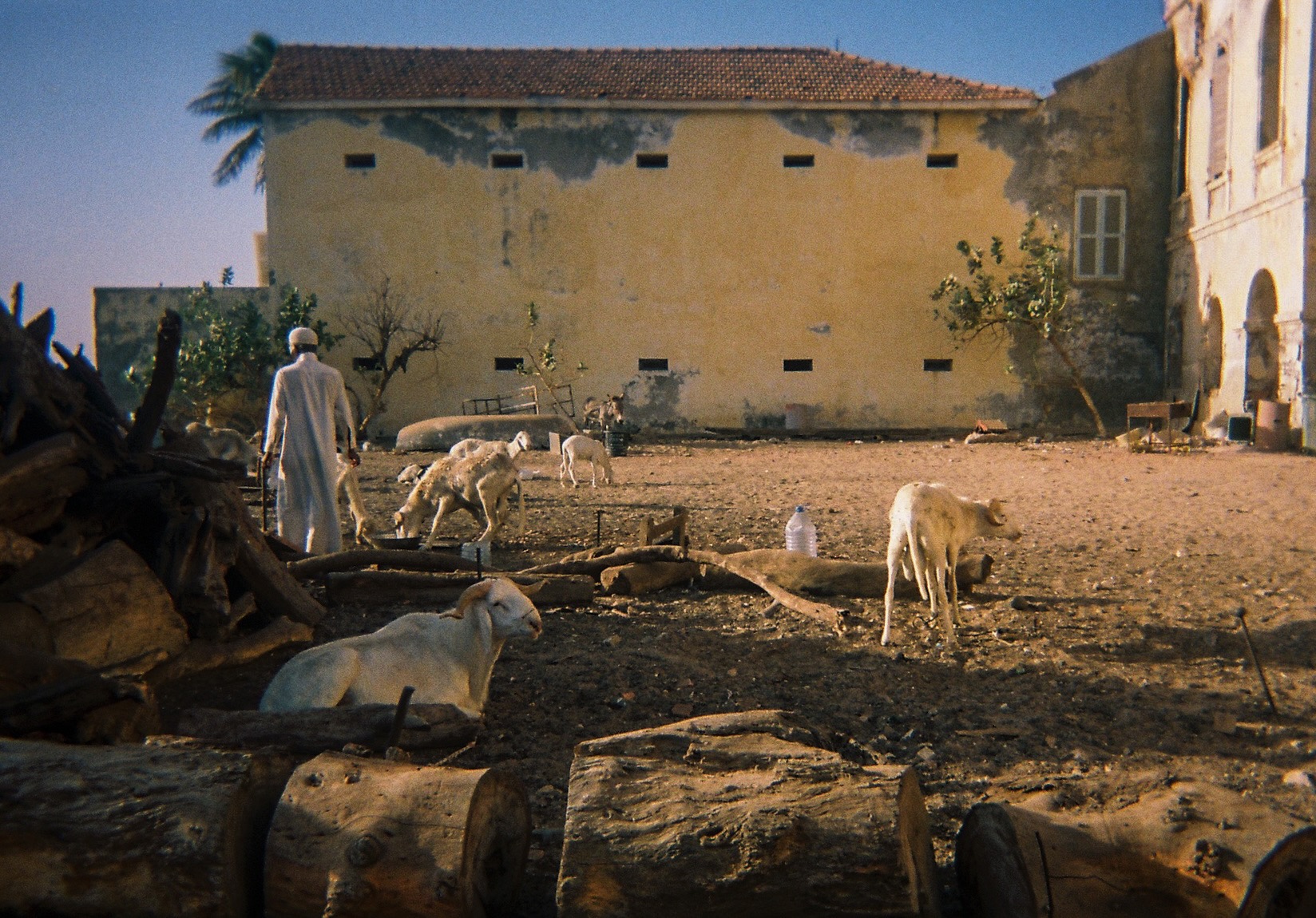

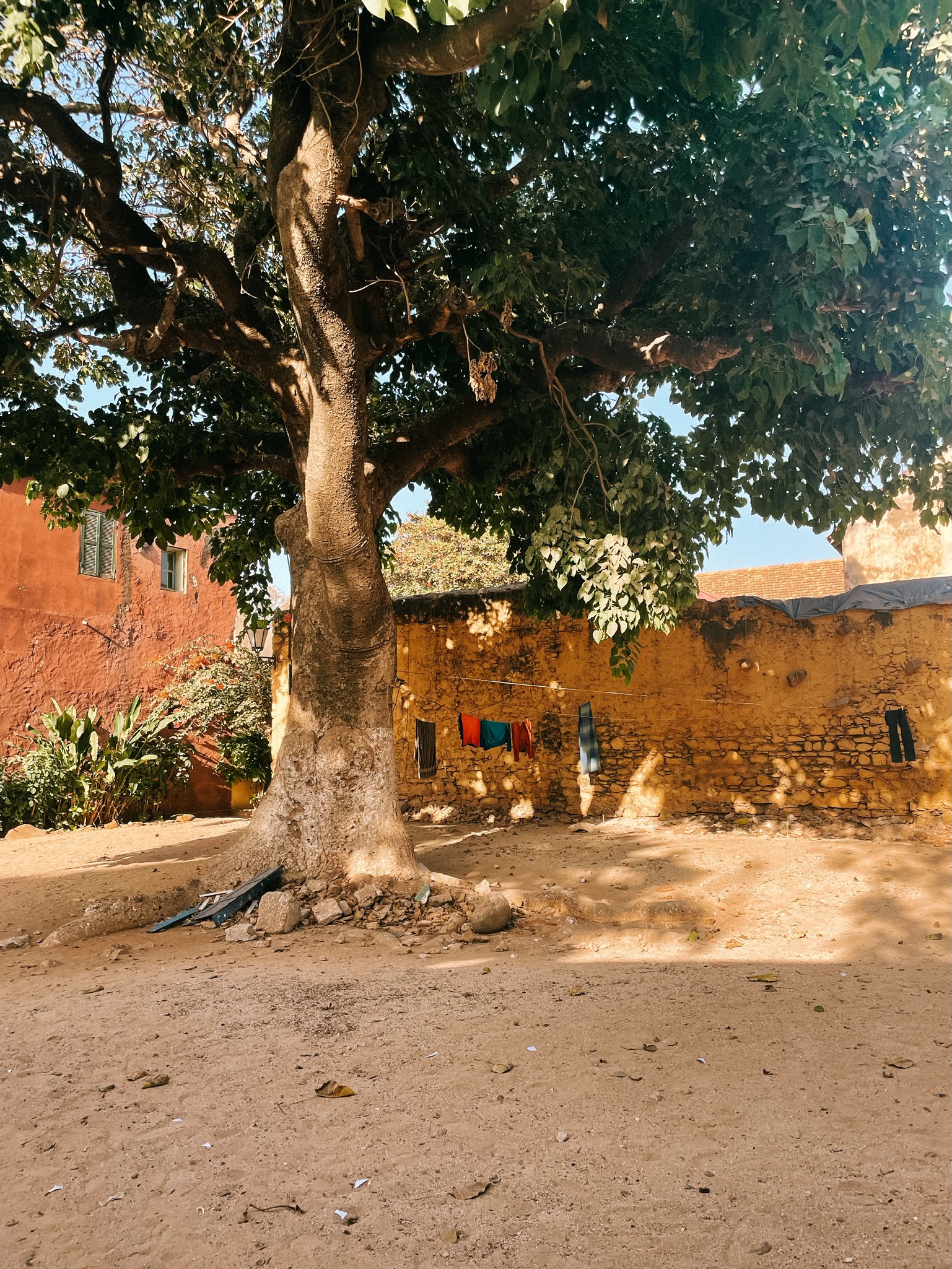
Ngor Island and the legendary Ngor Right, Dakar
Don’t miss Ngor Island, either as a day visit or as a weekend escape, especially if you’re into surfing. This small island minutes away from Dakar is an oasis full of charm, and it boasts one of Africa's best surf spot: Ngor Right.
Near Place de l'alternance, you'll find a small square with traditional West African masks and unique repurposed pieces and art done by @thiammortalla218. Talk to him about his distinct universe. He sees art in rubble and makes beauty out of discarded pieces; his garden is full of wonders!
Where to stay on Ngor Island: Ngor Right Surf House, steps away from the legendary Ngor Right wave. It has double rooms and dorms, breakfast included. Prices start at 25€/night.
Where to eat on Ngor Island
- La Pépinière: A small restaurant hidden on the island where you can enjoy a traditional Senegalese meal for only 1500 CFA (2€), or have some delicious fried fritters as a snack. The restaurant owners are friendly, and the atmosphere is perfect for those who prefer a peaceful environment away from the crowds.
-
Oasis de la Petite Plage: Head there for one of the best mafés of your life. Take it with chicken at lunch before hopping on a pirogue to explore Dakar.
- Restaurant Yadikoon: My favourite spot for dinner, feet in the water. Chat with the friendly waiters to discover their stories and culture.
Visit my Senegal surf travel guide for a comprehensive overview of surfing Senegal in winter and exploring Ngor Island.

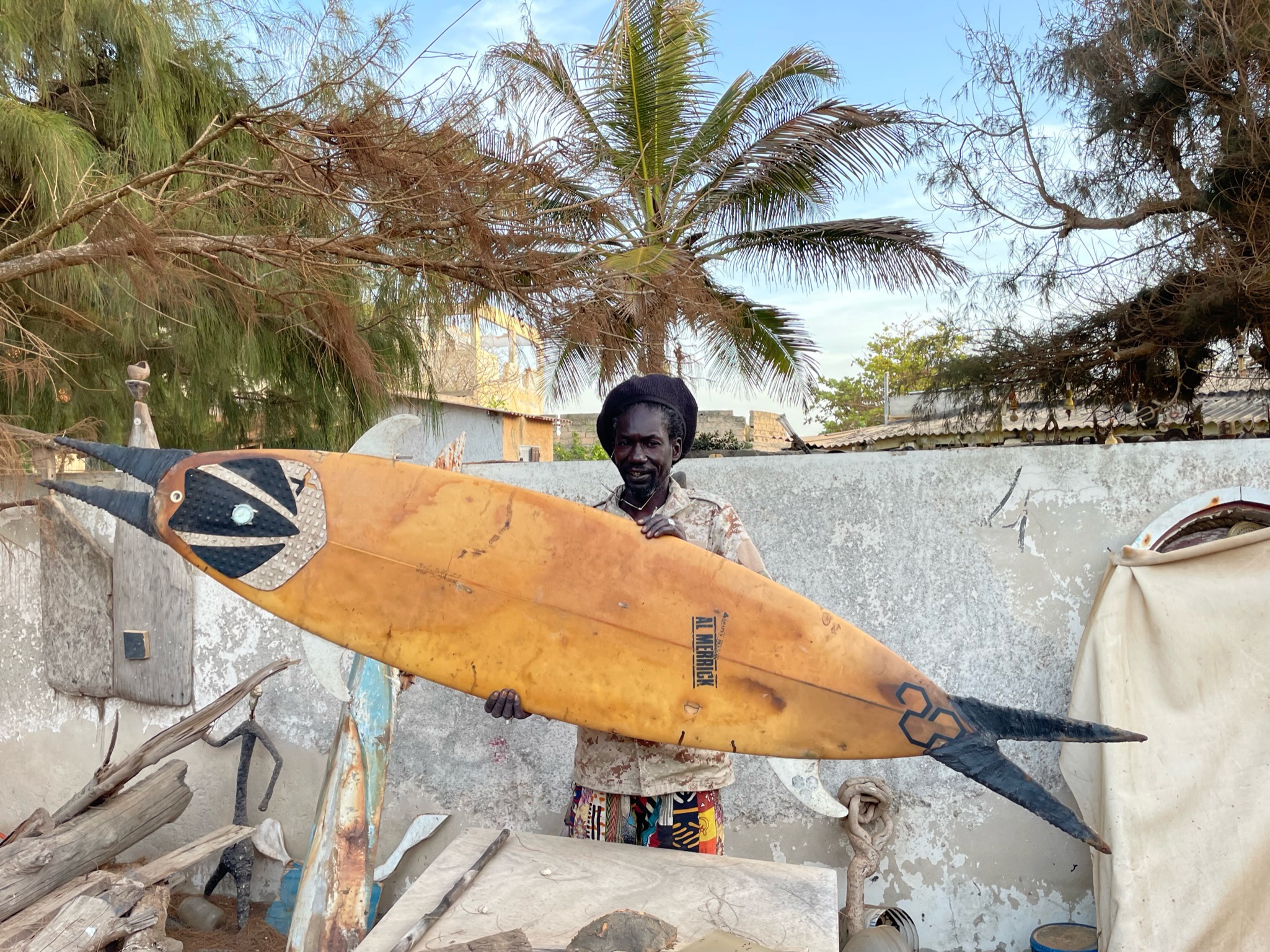


Senegal winter trip itinerary Week 2: Casamance/Cap Skirring
Casamance, a small area between Gambia and Guinea-Bissau, is strikingly different from the Dakar region. It's known for its nature, unique Diola culture, and warm hospitality. People are very welcoming, and when armed with an open mind, you can experience the area like a local. Before we jump in, a bit of culture...
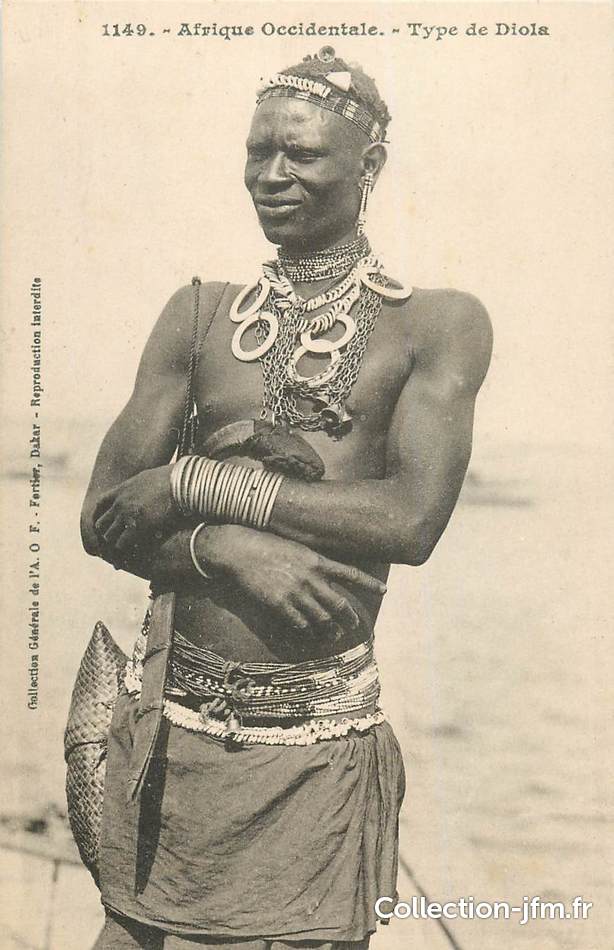
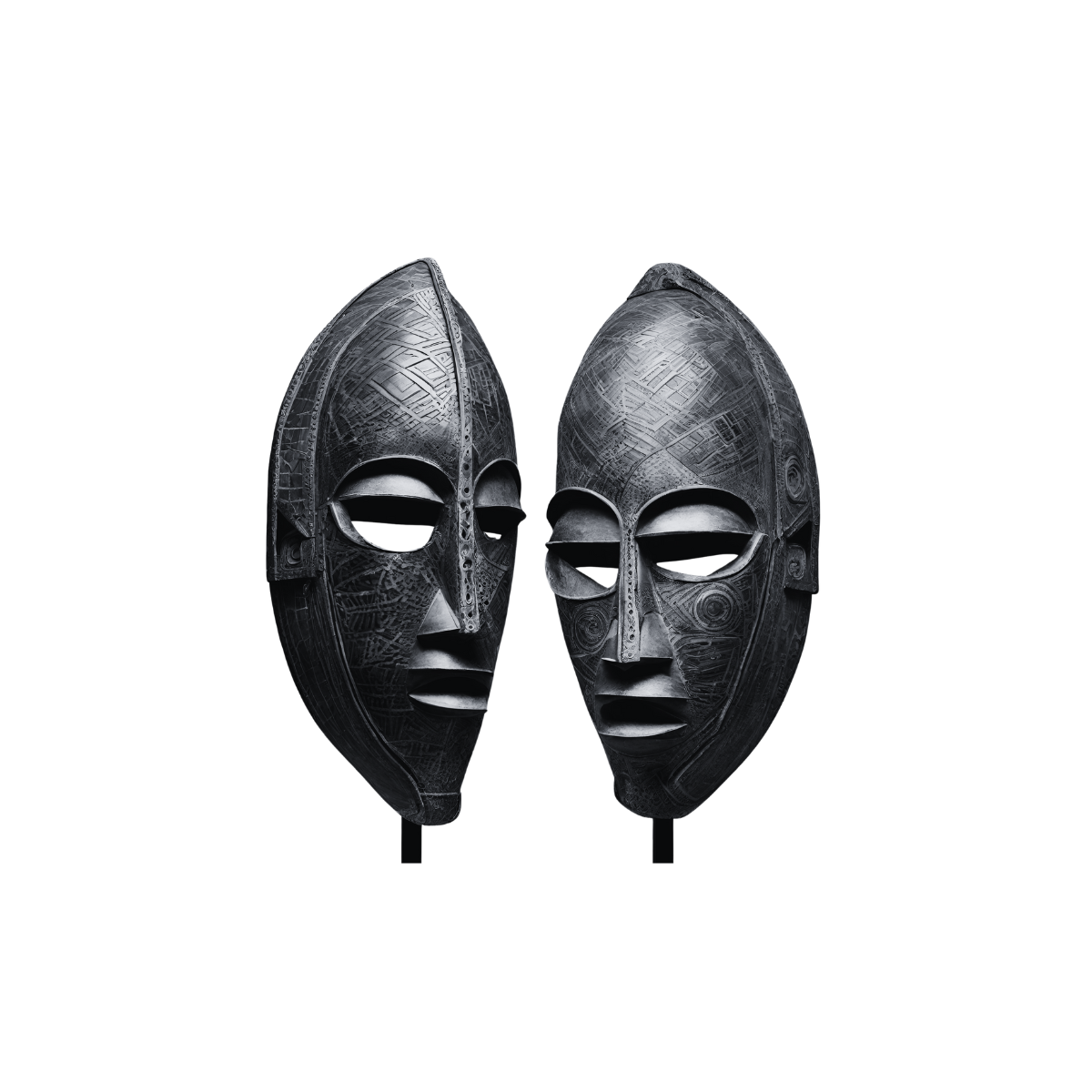
Who are the Diola (Jola) people?
Casamance's majority ethnic group is called the Diola, although they make up only around 4% of Senegal's total population. They come from families of smallholder farmers and traders. About 30% of the population in Casamance is catholic and lives peacefully with Muslims. Some families practice a mix of Animism, Muslim and Christian practices.
What is Animism?
Animism is a belief that everything, including objects, places, and creatures, has a distinct spiritual essence. This belief is still widely held among the Diola people in Casamance. During our visit, we found that the locals took great pride in their cultural history and traditional beliefs. Some aspects of Animism, such as reincarnation, human rights, and women's societal roles, are fascinating. I suggest speaking with local guides to better understand the depth and richness of the Diola’s traditions and beliefs.
Now that you've got a bit of cultural background, you’re ready to explore the region.
What to see in Basse-Casamance
![Wild beaches in Casamance]()
For a perfect combination of beach relaxation and cultural exploration, I recommend splitting your stay between the North and South of Basse-Casamance. You can spend three days near Diembéring and another three days in Cap Skirring. This way, you'll have ample time to discover the region's stunning natural scenery, visit traditional towns, and unwind at the beach.
What to do in Basse-Casamance - northern part
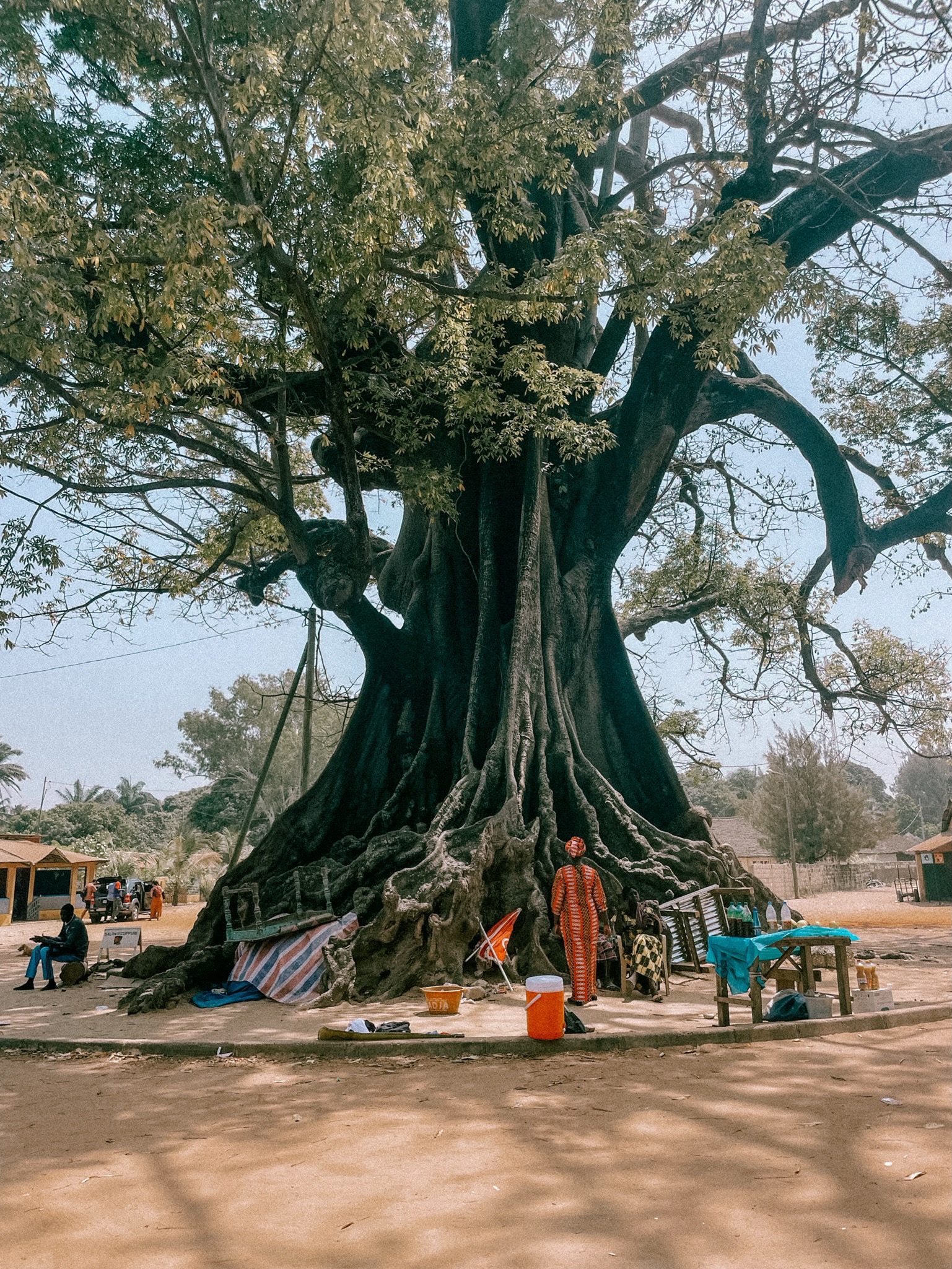
Diembéring, Basse-Casamance
Diembéring is an authentic West African town built around a majestuous, giant Fromager tree. Houses are built in clay with thatch roofs. Walk around the town and head towards the ocean—you'll find century-old baobabs perched atop a hill with incredible roots. Keep in mind that the town is extremely poor. Respect the locals and dress appropriately (no shorts, tank tops, or revealing clothes).
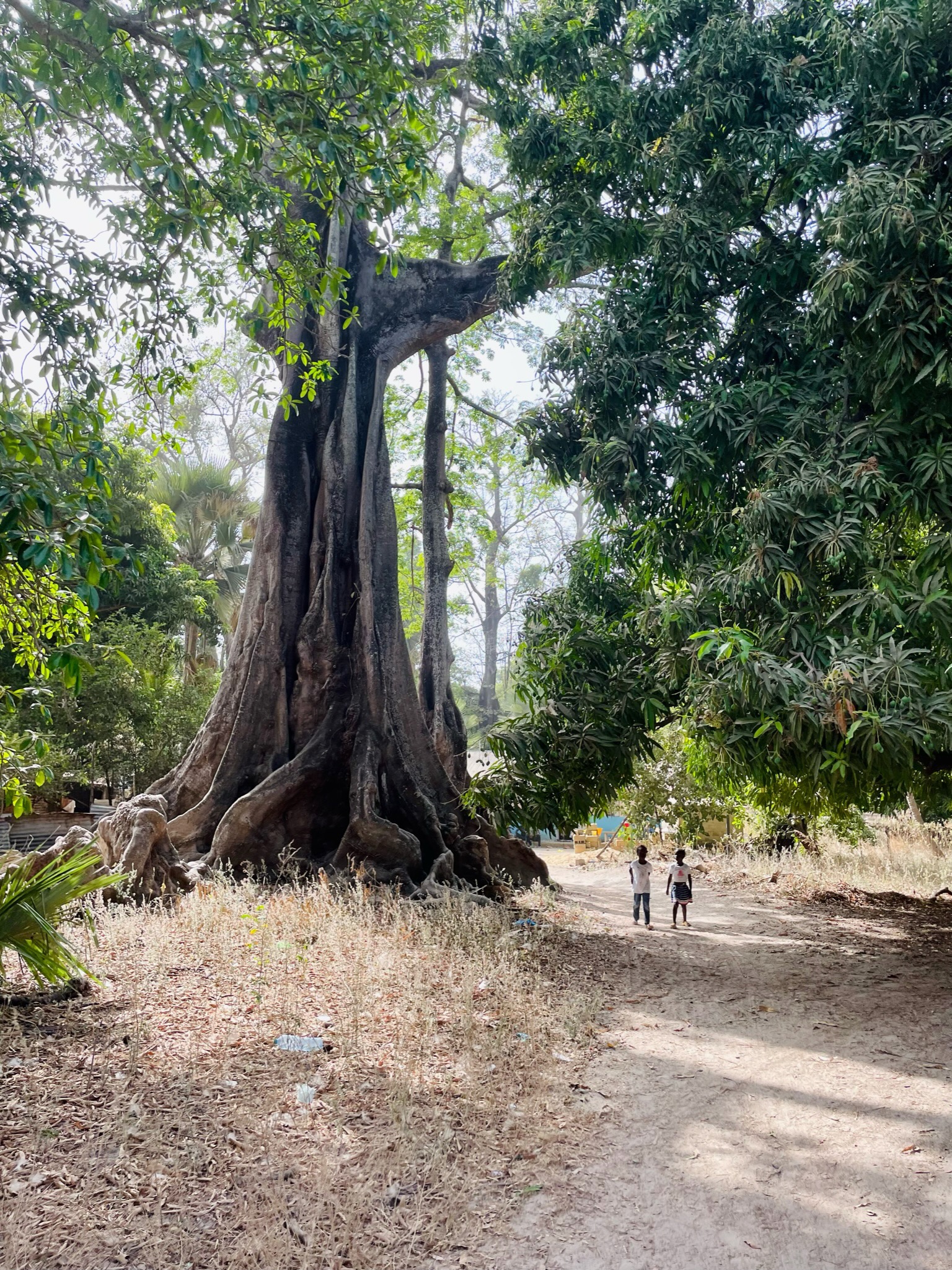
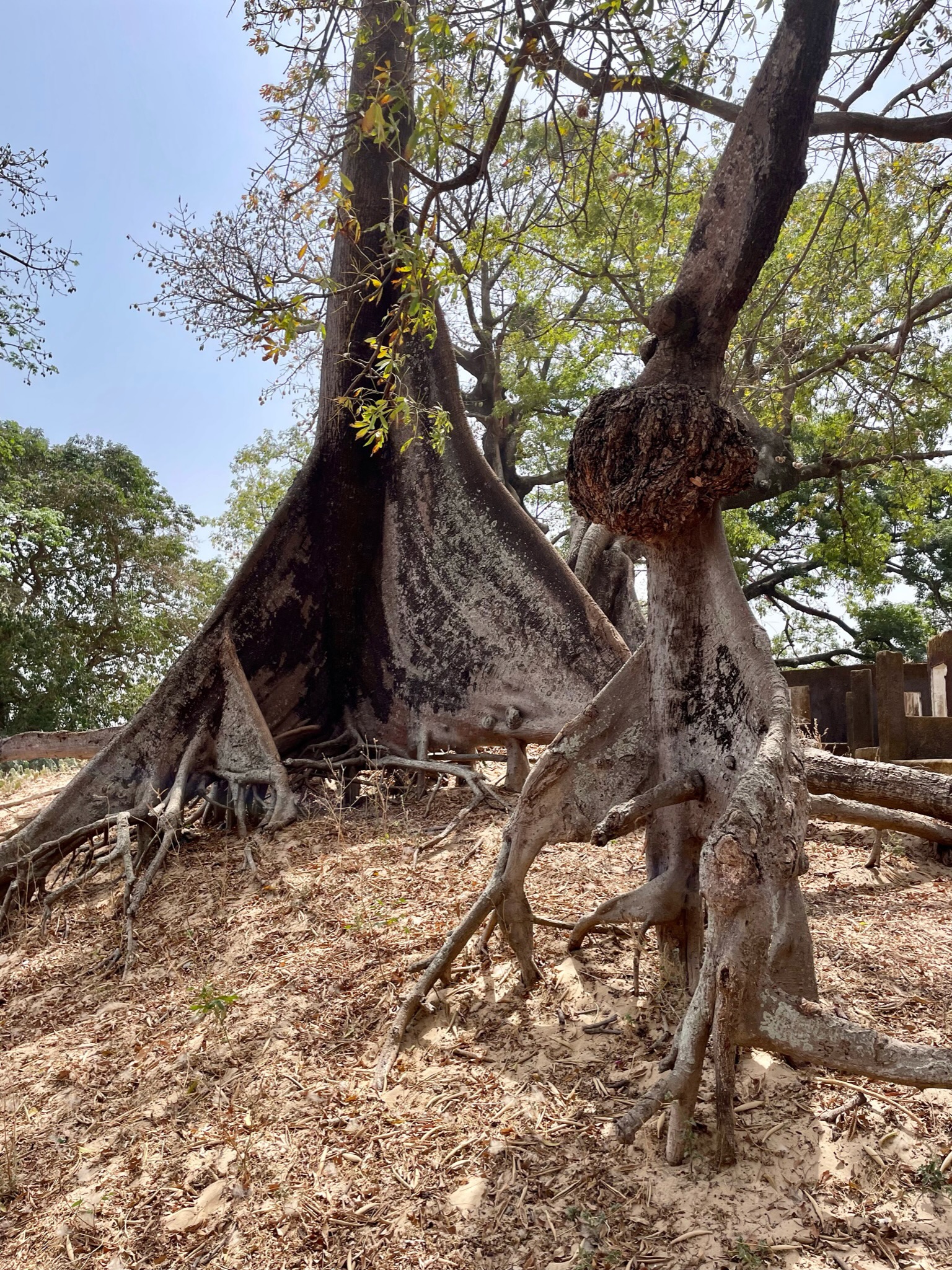
The beach near Diémbering is wild and completely untouched, almost surreal to walk on, as the sand is covered with thousands of shells.
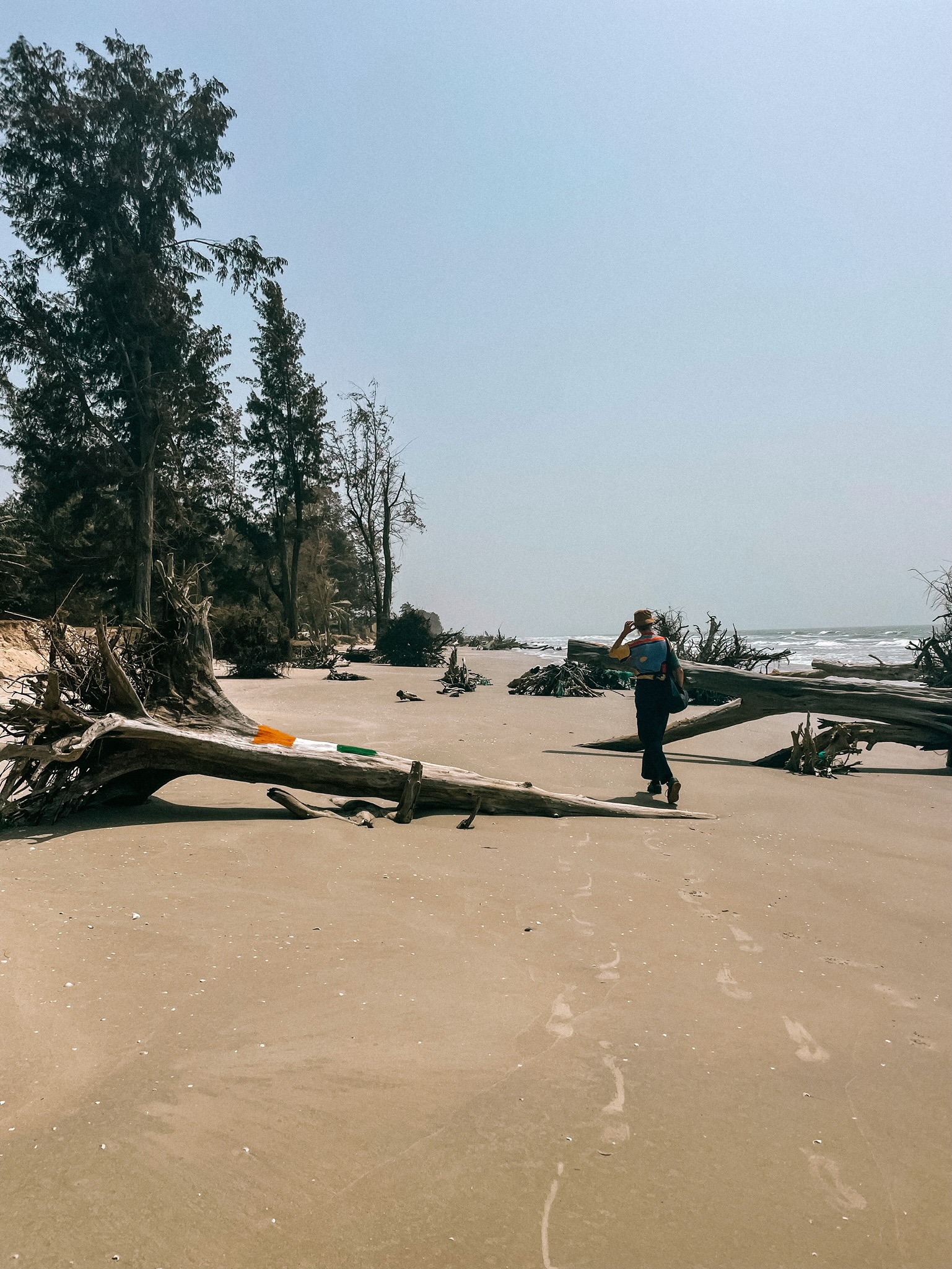
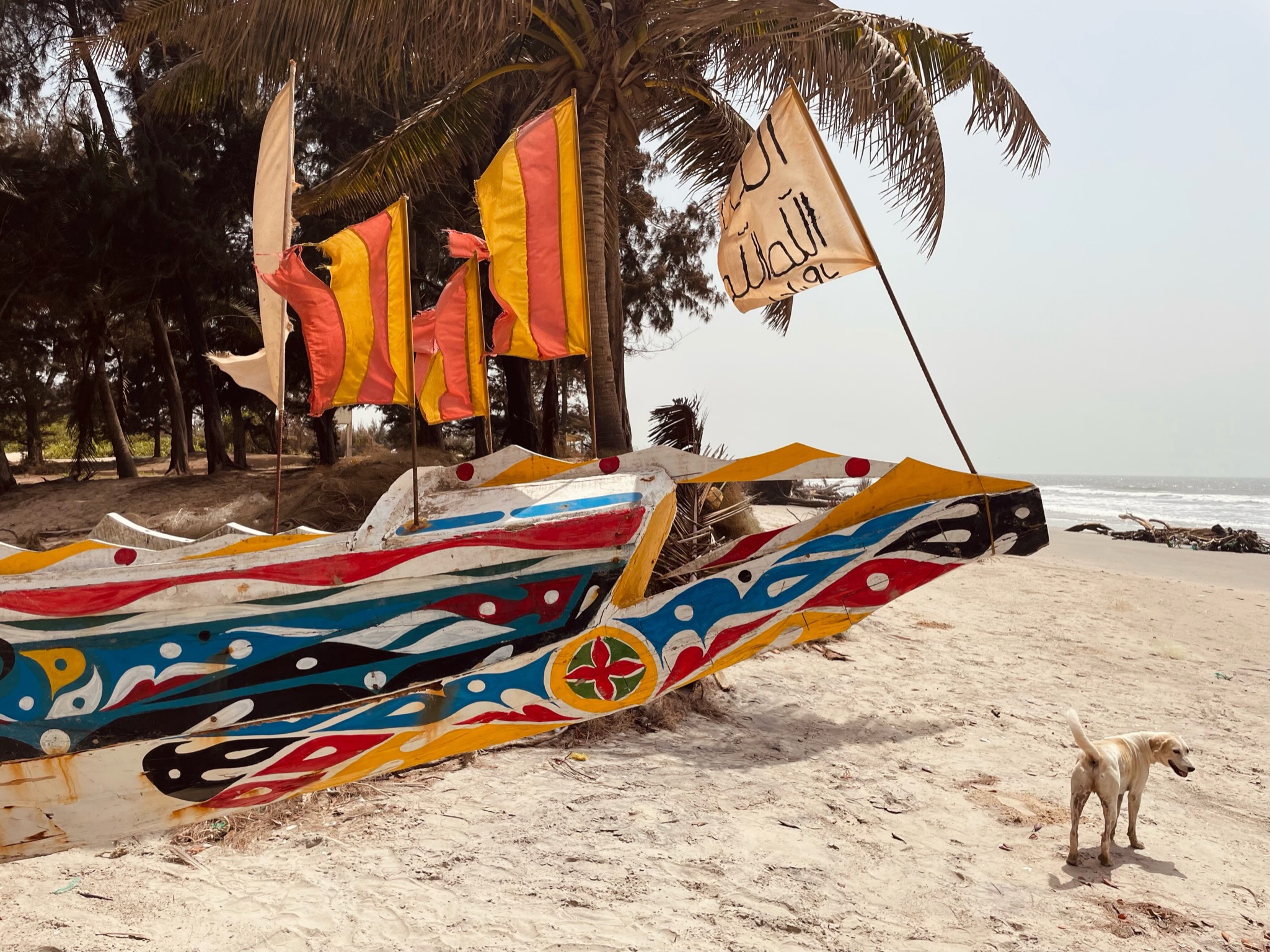
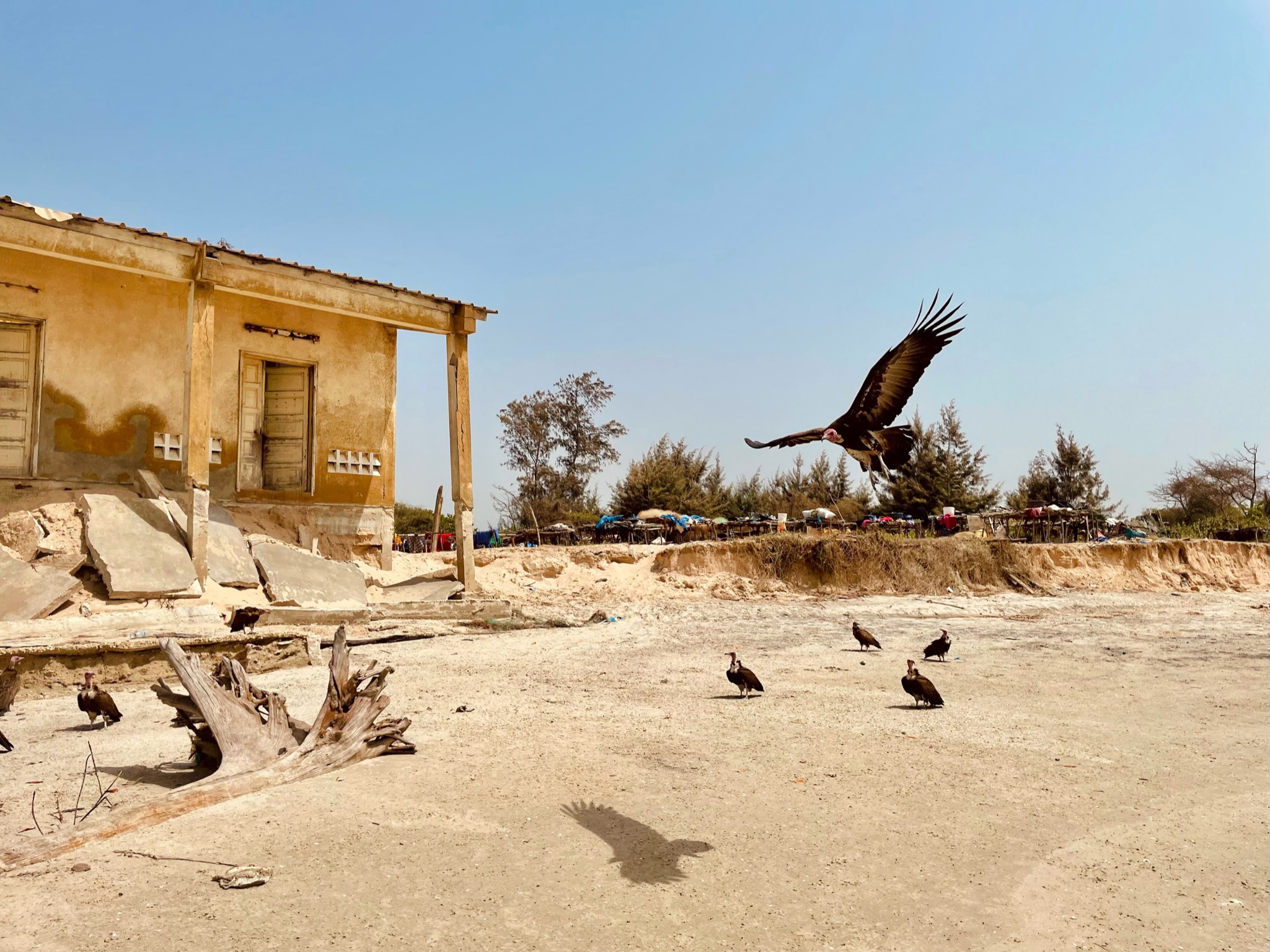
Mlomp, Basse-Casamance
Mlomp is a traditional Diola town in Casamance. You can visit its small museum and learn more about tribal wars, the Diola culture and its unique traditions. To make the most of your visit, ask for Laurent, an amazing local guide.
Sangawatt Museum, Basse-Casamance
Sangawatt Museum near Diembéring offers a fascinating immersion into the Diola culture. A local guide will show you around the plants, fetishes, religious beliefs, and ceremonies still practiced in some villages in Casamance.
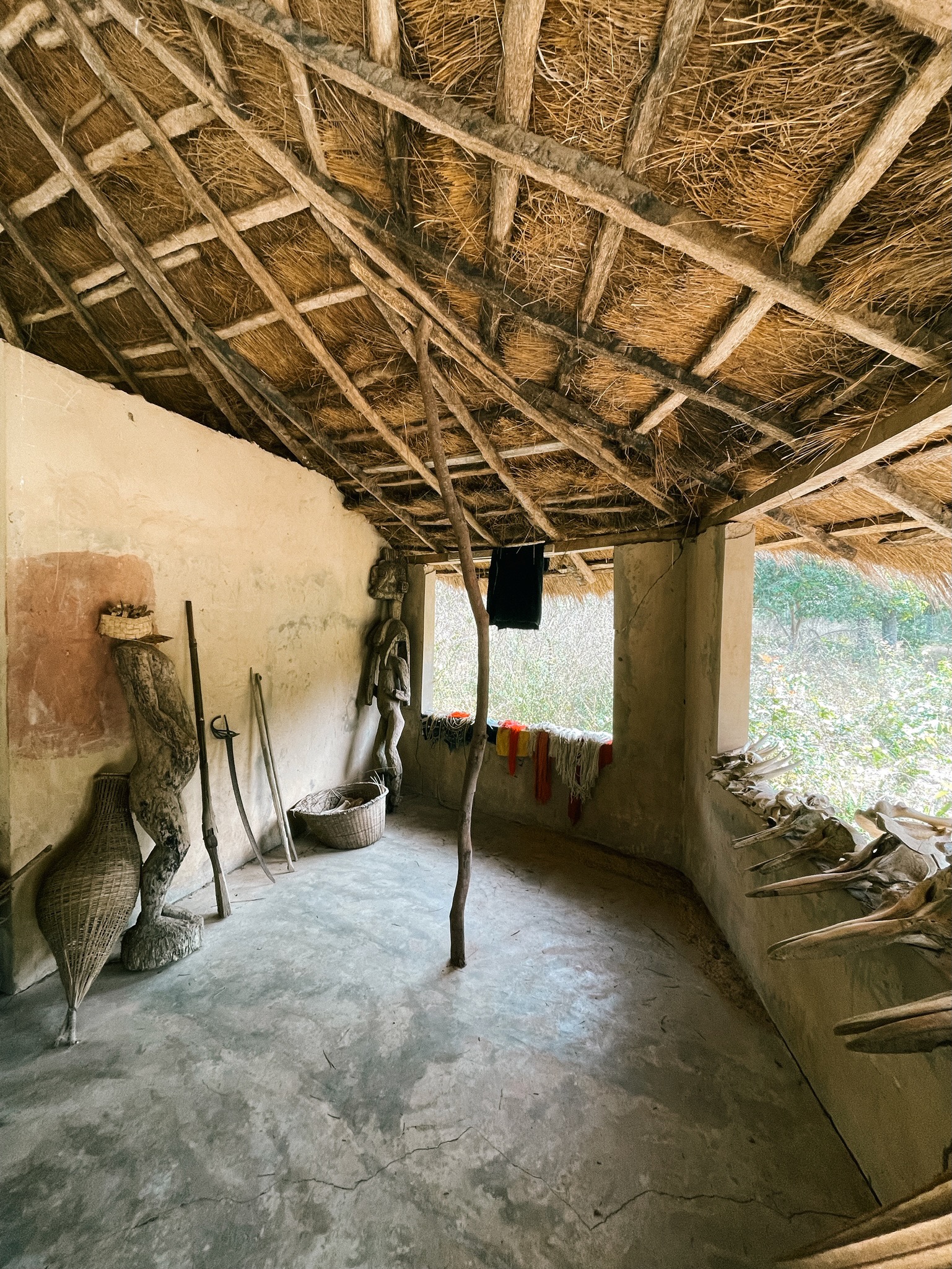
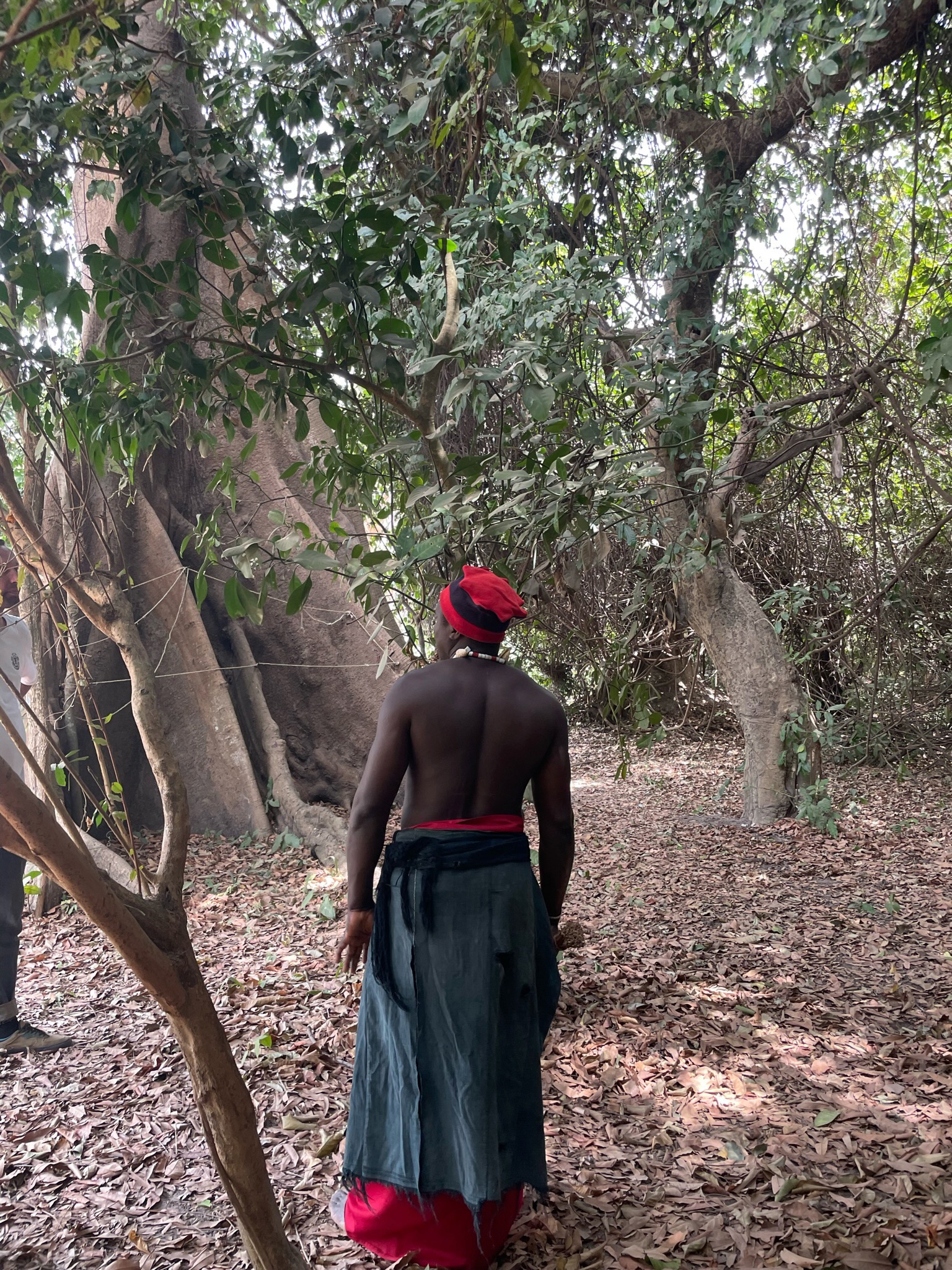
The backwaters of Casamance and Karabane Island
Book a pirogue tour to explore the backwaters and Karabane Island. You’ll sail through thousands of mangrove trees and visit traditional towns on the way. You can also relish fresh-cooked oysters that come straight from the mangrove trees. They don’t taste like raw oysters but trust me, it’s just as good (if not more).
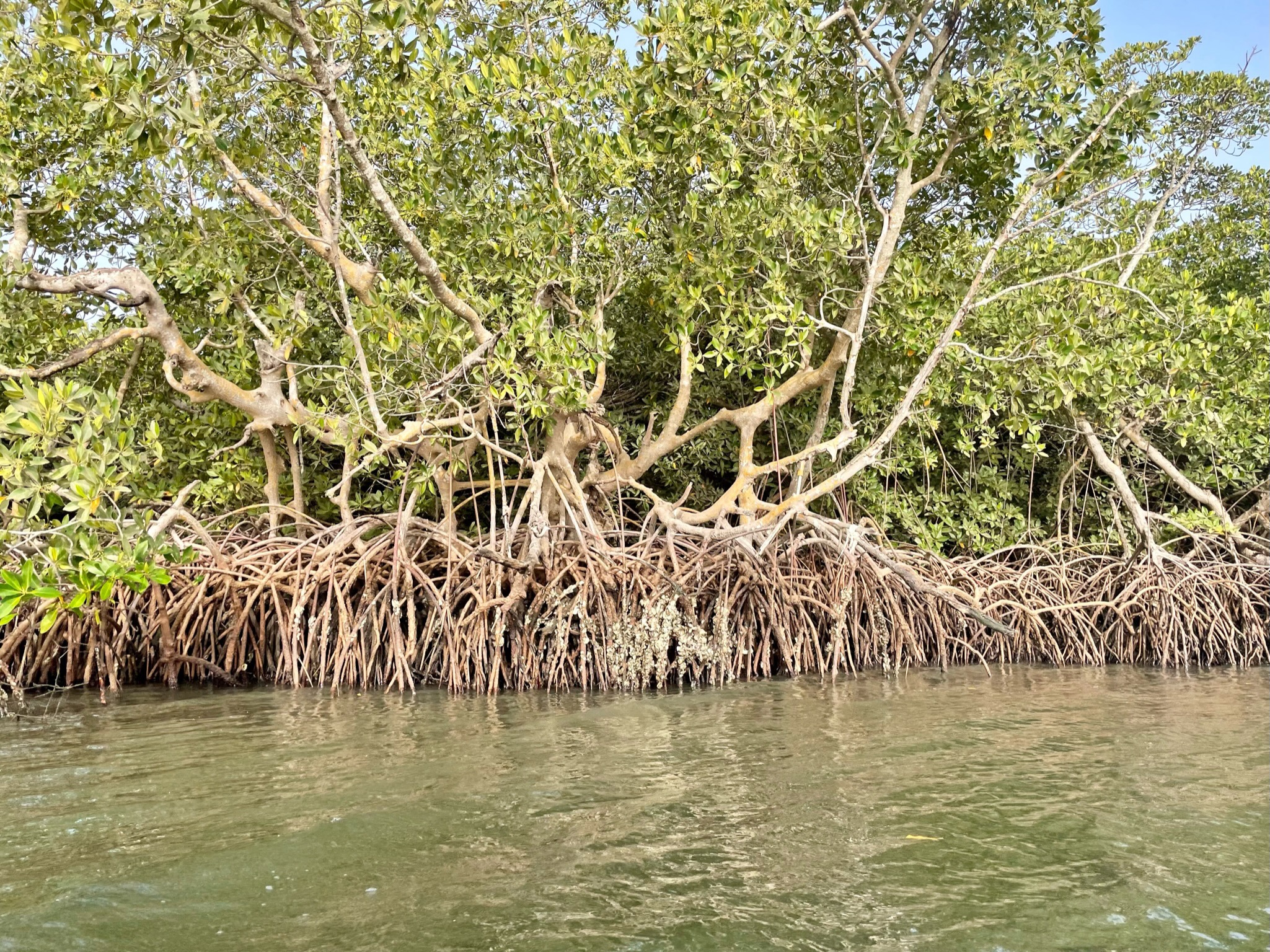
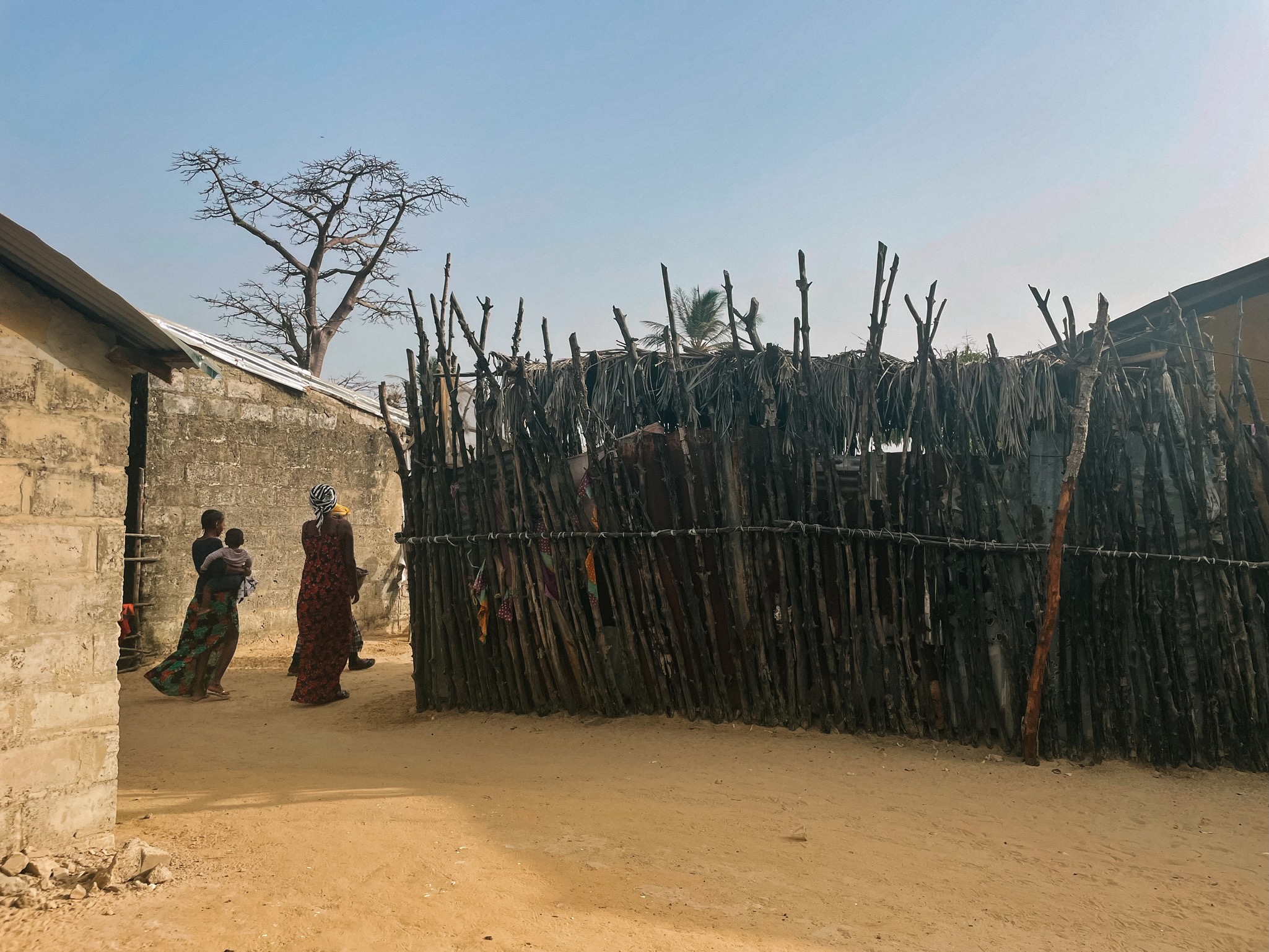
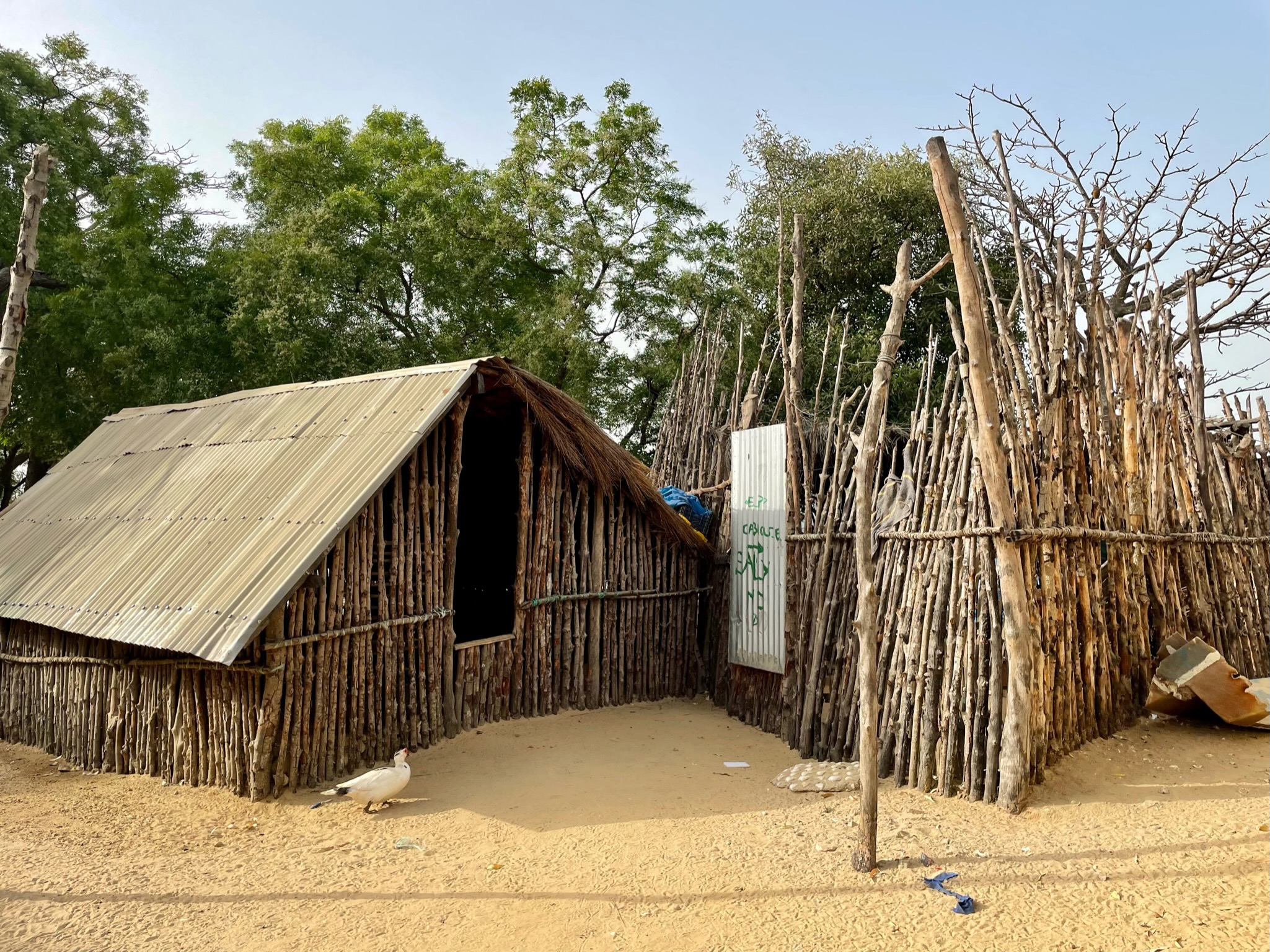
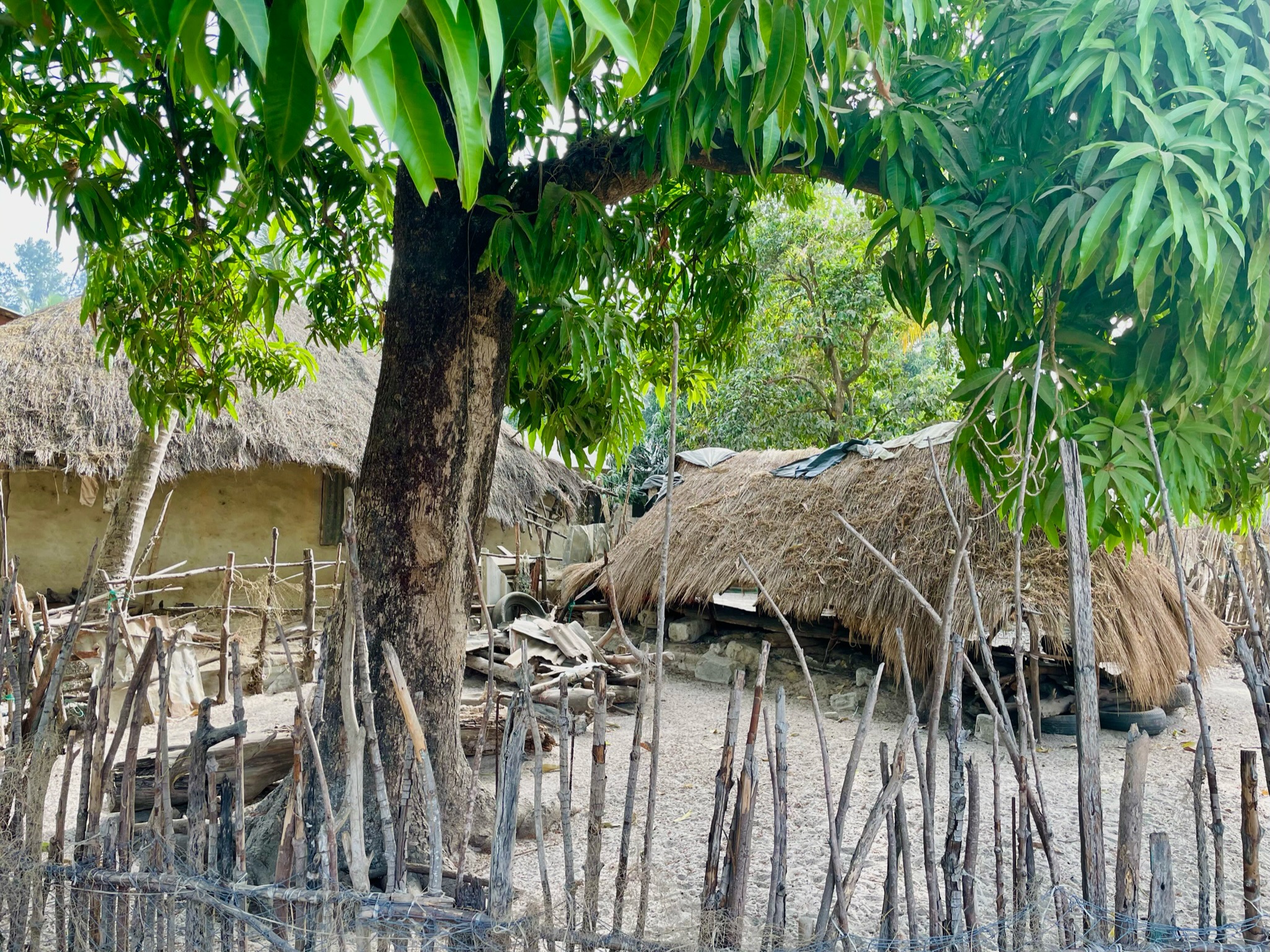

Relax on Boukott Bay
After walking for an hour on the beach from our hostel, we stumbled upon one of the most stunning beaches we had ever seen - Boukott-Diembering beach. Empty shores, white sand, palm trees...There's a delicious restaurant on the beach: La Cabane Sauvage, located under the shade of the trees and facing the ocean.
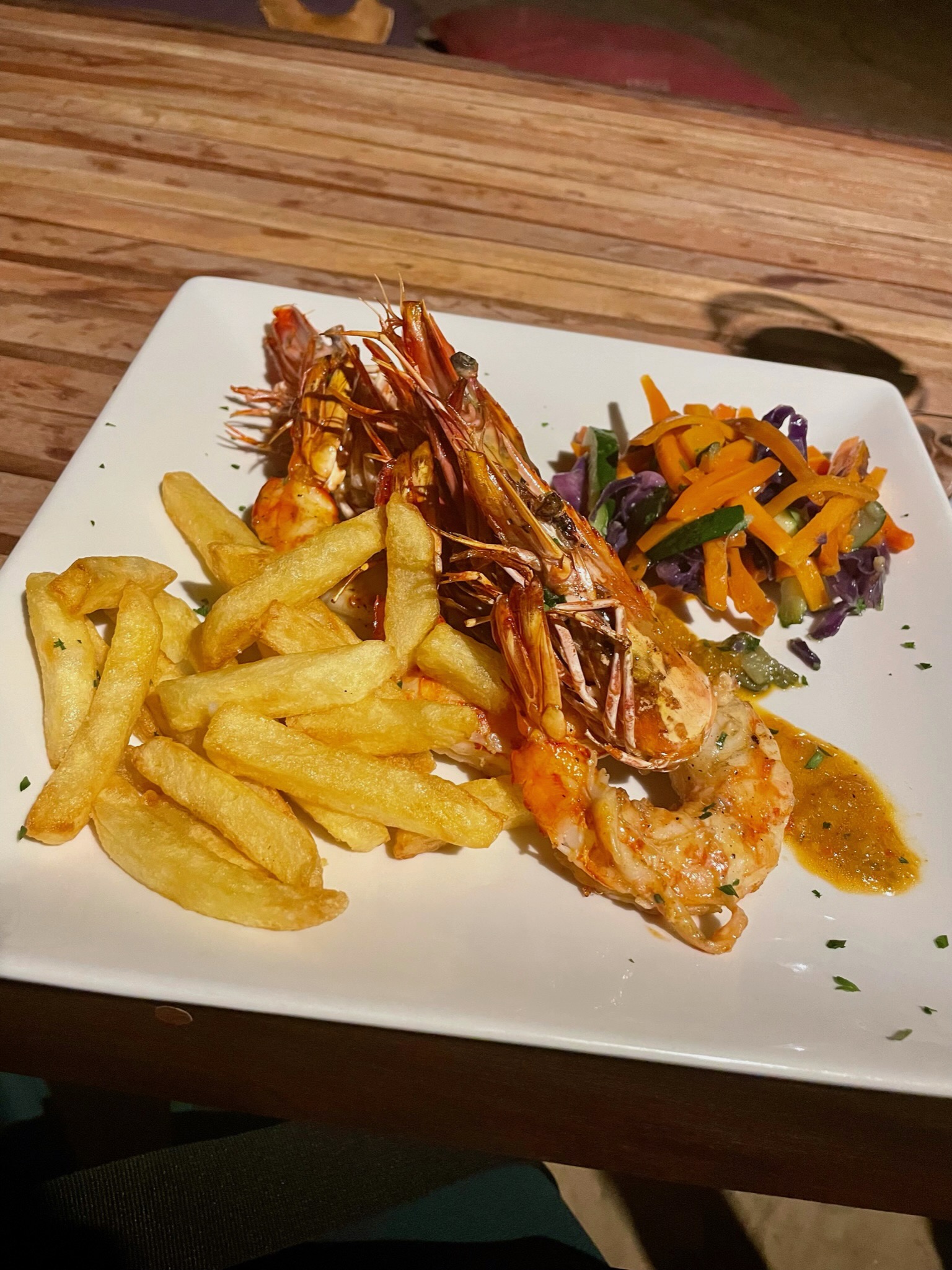


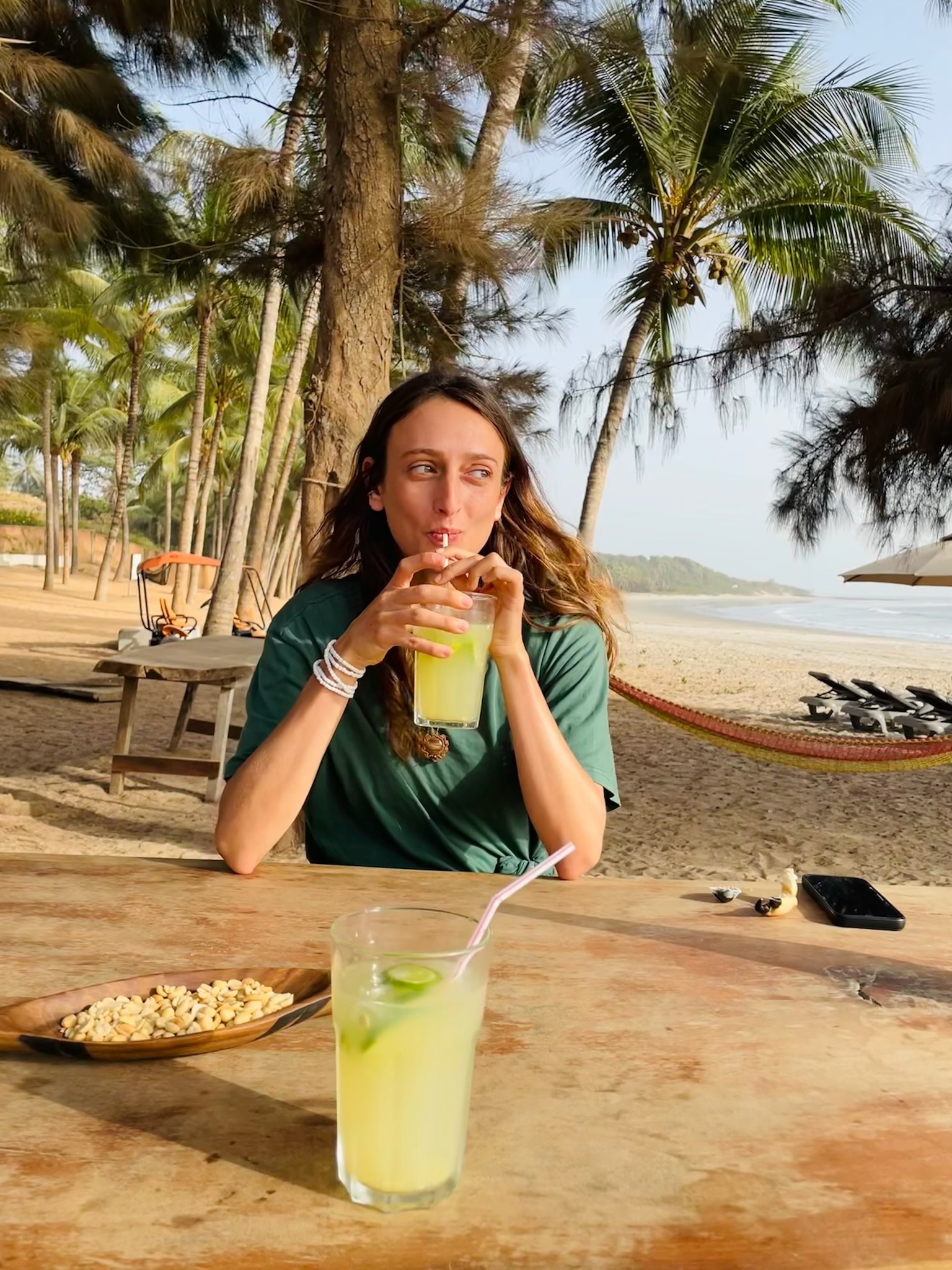
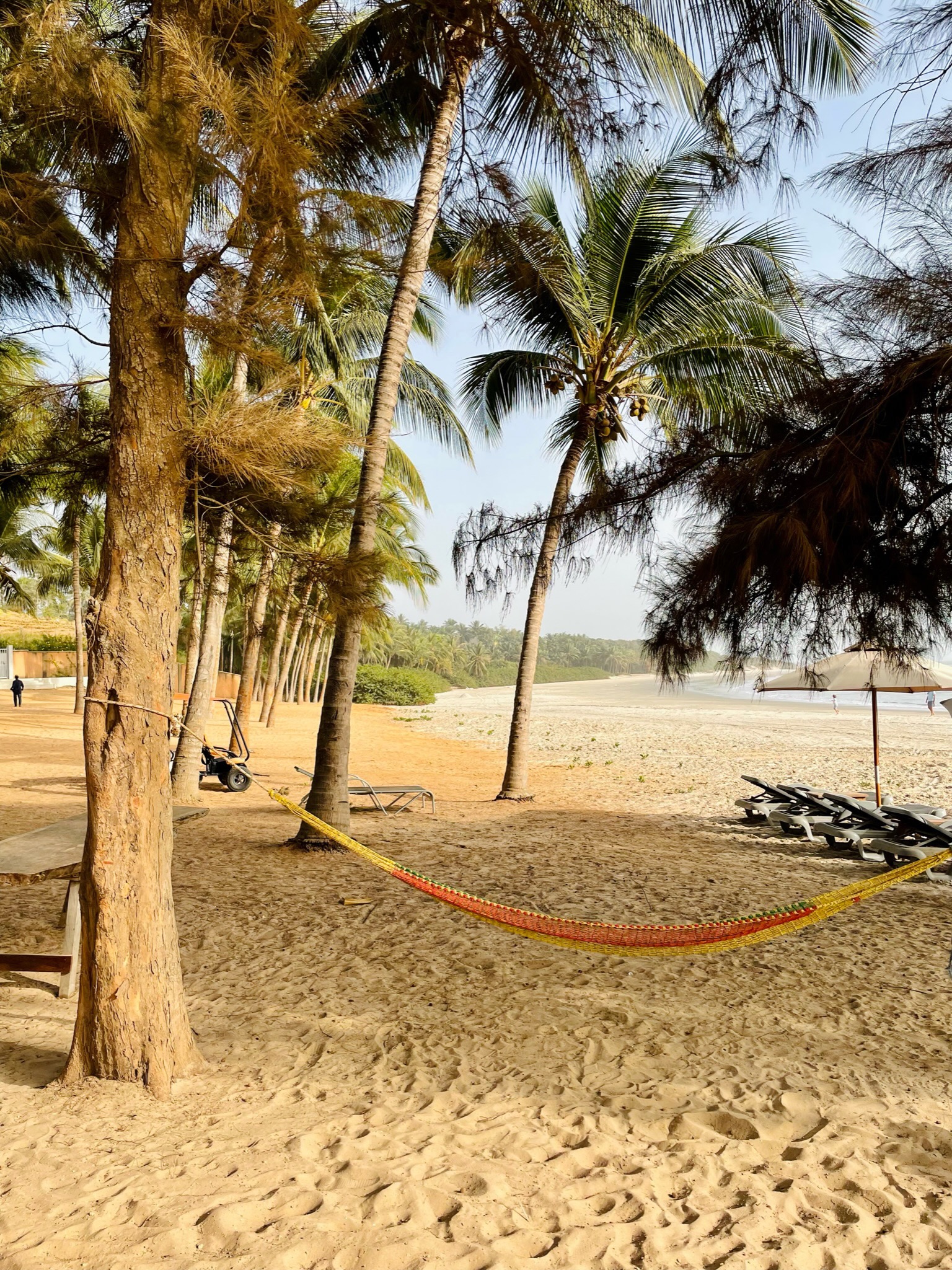
What to do in Basse-Camance: Cap Skirring and its surroundings
Cap Skirring is much more touristy than the other parts of Casamance, mainly because of the Club Med, which is open six months a year. The town is like a mini Dakar, hectic and dirty, but with some exciting things to discover, such as:
Village Artisanal: Local artisans working with wood at a calm market invite you to their shops for a chat, unlike Soumbedioune market where sellers are more aggressive.
The fishermen's beach: Right next to the nearby luxury Club Med resort, you’ll find a vibrant fishermen's port filled with colourful pirogues, cows, and vultures. Huge pink shells dot the sand, creating a captivating blend of worlds, mere steps apart.
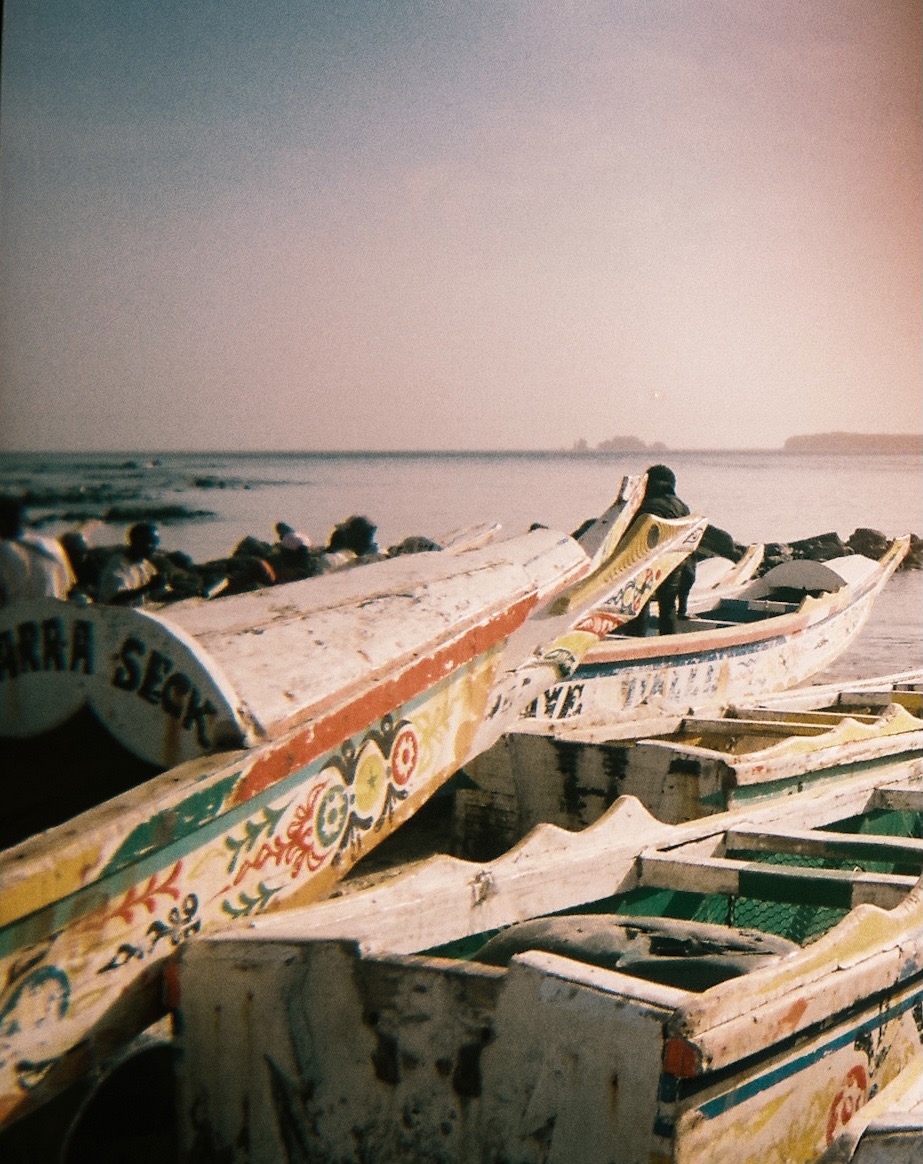

Cap Skirring beach: The most beautiful part of the beach is towards the South, not towards Club Med. Club Med was actually nowhere near as gorgeous as the southern part. Along the shore, you'll find laid-back wooden cabanas selling a variety of treats, from savory crêpes to freshly squeezed juices. It's perfect to wind down for the end of your trip and soak up the sun before returning to gloomy Europe.

Rice harvest festival in Mlomp or Kagnout
While in Casamance in February, don't miss the traditional rice harvest festival! It's an unforgettable experience. Families graciously invited us into their huts to share a meal while the village welcomed us with handshakes and smiles. Young men engaged in wrestling matches and vibrant dances to celebrate the rice harvest. You'll get to taste local palm wine—just beware, it's stronger than it seems!
Beautiful images of the rice harvest festival in Mlomp, captured by @raphael.belmin
Other towns to explore in Basse-Casamance
I didn't have the chance to visit other traditional towns like Oussouye, Elinkine and Effrane. Consider adding them to your itinerary if you have the time.
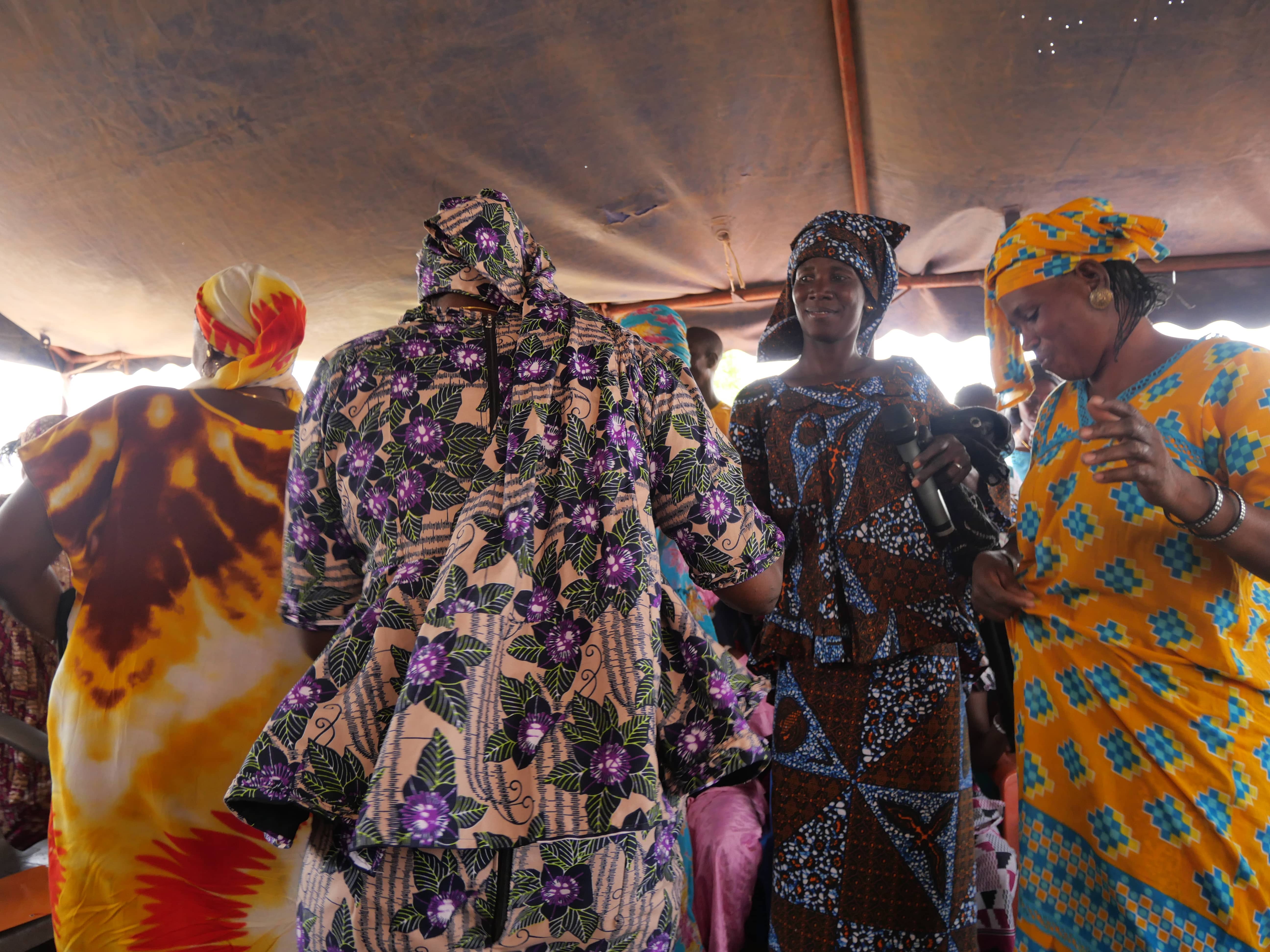

Were to stay in Basse-Casamance & Cap Skirring
Auberge Kibalaou
Auberge Kibalaou is a secluded hotel in a natural reserve far away from the hustle and bustle of Cap Skirring. The hotel is steps away from the ocean. You can enjoy breakfast in front of the beach, surrounded by nature. You will hardly find anyone there except for cows that might be chilling next to you. During our three-day stay, we encountered very few people. The hotel is not easily accessible because of the unpaved road, so it probably deters tourists who’d rather stay closer to Cap Skirring.

You can walk from the hotel to Diembering, which will take around 1.5 hour. You'll feel like Robinson Crusoé exploring wild landscapes with vultures hovering over you, and a friendly stray dog will probably join you until you get back to the hotel.
Keur Racine
For a comfy summer break close to the surf spot, restaurants, and commodities in Cap Skirring, book your stay at Keur Racine. Prices start at 15€ per night per person for a double room with a bathroom.
How to move around in Cap Skirring and Basse-Casamance
There are no taxis available, but you can still get around by sharing a ride with other people in "Clandestinos". Alternatively, you can book a "Clandestino" ride for private transportation with your hotel.
💡 Surfing in Casamance: If you plan to surf in Casamance, it's best to go only when there's a big swell. Switch around weeks, depending on the swell, to avoid finding tiny waves or a flat ocean. And if it's flat, no worries! You'll have plenty to do, and swimming in the warm ocean during winter is a luxury.
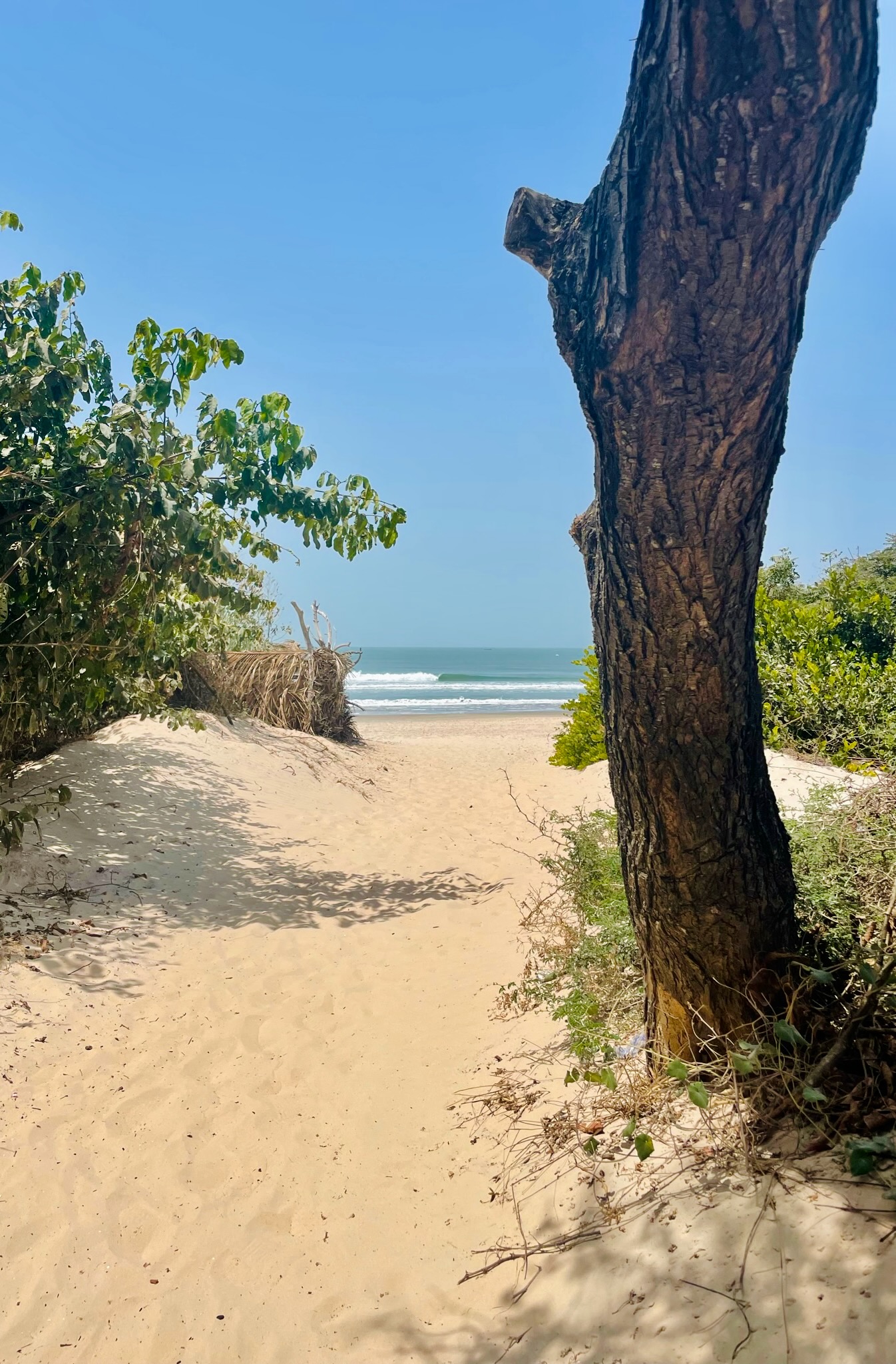

How to get to Cap Skirring from Dakar?
The ferry is the best way to go regarding price/comfort balance. But it wasn’t working when I was in Senegal, and no one really knew when it was going to be operating again.
The fastest way to get to Casamance is by plane. It takes around 45 minutes from Dakar to Cap Skirring and costs around 100€ with Groupe Transair.
If you’re short on money, you can also take a bus or a taxi and cross the Gambian border, but the opportunity cost is high (you lose almost a day of travel). Keep in mind that accomodation in Casamance is much cheaper than in the Dakar region, so the cost of the flight might make up for the difference.
Return home: Dakar - 1 night
Take a flight back to Dakar from Cap Skirring and spend one night there before heading home. Expect delays with the local flight company, so don't plan on arriving in Dakar on the same day as your return flight home. It’s a tiny plane and it’s scorching hot inside so buy yourself a colourful handmade fan to make the trip easier.
It'll be a tiring journey, so I recommend staying at a hotel close to the airport to avoid the long travel time between the airport and the city center. Alternatively, plan your journey with a few days’ buffer between returning from Cap Skirring and leaving Senegal.
If you have more time, you could spend a few days in La Petite Côte or Sine Saloum before returning home. Sine Saloum is a gorgeous region similar to Casamance, but more expensive and more touristy. I also went to Saly, and don’t recommend it if you’re looking for an authentic getaway.
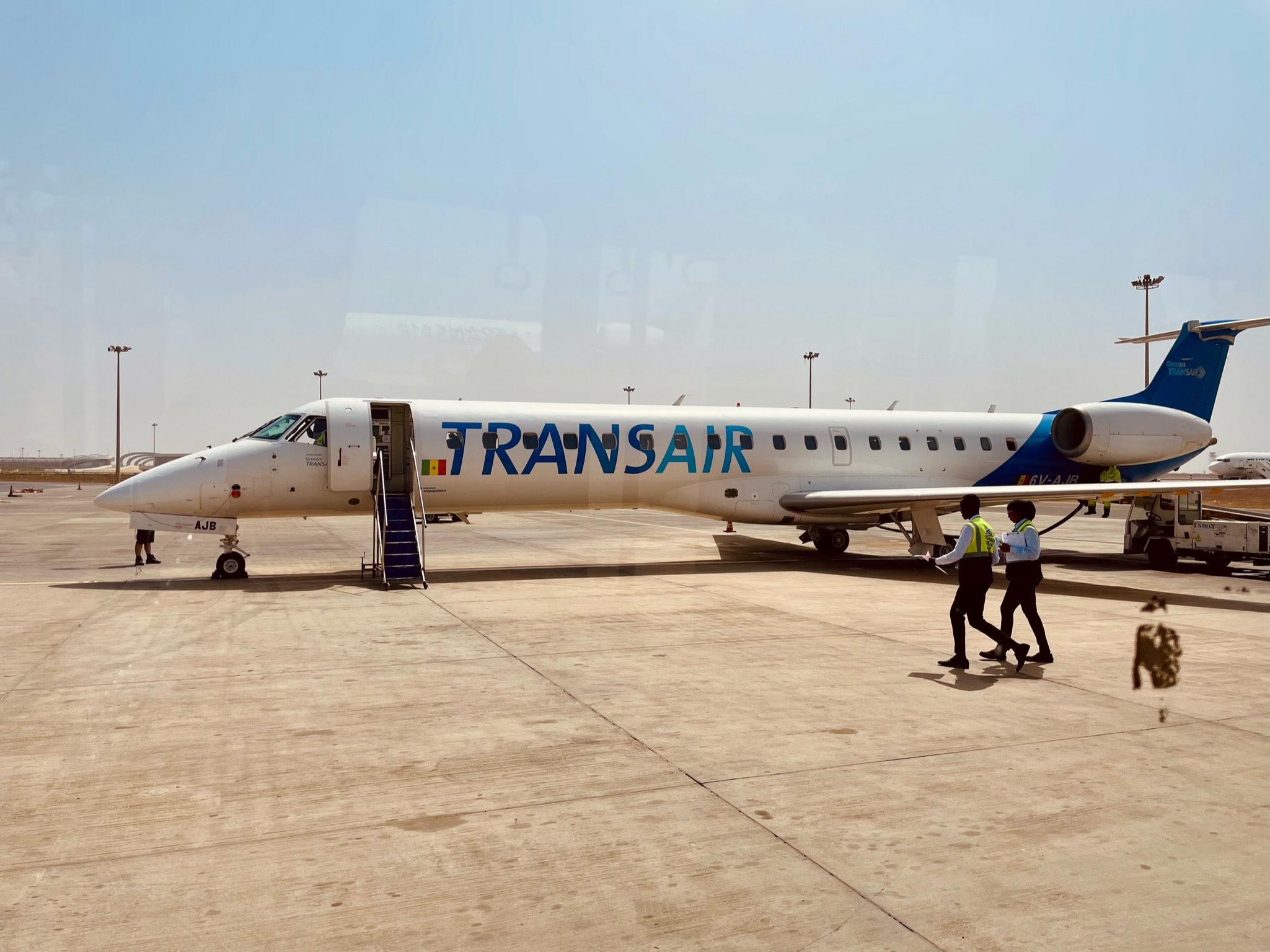
Practical info & safety tips in Senegal
Heads up: don’t expect things to go as planned. Here's some practical advice to help you organise you trip.
Getting cash
When you arrive at the Dakar airport, change some cash at the currency exchange office or withdraw money at one of the ATMs. ATM fees are usually around 3500 CFA. You can't pay with your credit card in most places in Senegal, so withdraw money before you take your taxi.
Buying a SIM card in Dakar
Good Wi-Fi is hard to find across the country, even in Dakar. You can purchase 4G SIM cards at official mobile operator shops such as Orange. Since they're not available at every street corner, I recommend buying one at the airport when you arrive. Offices are open at night at the airport.
Getting to Dakar from the airport
There’s a couple of options, depending on your comfort needs, time and budget:
- Book a transfer with Papé (Teranga Cab VTC). He's a fantastic driver with a great sense of humor who speaks French and English. Whether you book with Papé or take a taxi outside the airport, the fee to get to Dakar is around 25,000 CFA (38€). Contact him via WhatsApp: +221 78 521 21 53
- Take the public bus, it costs 10,000 CFA (12€). But keep an eye on your GPS to know when to get out!
- If you travel with surfboards, booking a transfer in advance will save you lots of hassle as some taxis don't accept surfboards.
How long does it take to get to Dakar from the airport?
It depends on your location within Dakar, as the city is enormous. Reaching popular areas such as Ngor and Yoff can take anywhere from one to three hours. It depends on various factors such as accidents, car breakdowns, or, worst-case scenario, if a politician is passing by (the army will block most main roads to secure the area).
Is there Uber in Dakar?
Uber didn’t work while I was in Dakar. You can use the Yango app, the local Uber equivalent. It works only in Dakar, and shows local fares, so you won’t have to negotiate or pay more than you should.
Do people speak English in Senegal?
You won’t find many locals who speak English so it will definitely help if you learn a bit of French or Woloff!
Is it safe to travel to Senegal as a solo female traveller?
It is generally safe to travel in Senegal, and it’s much safer than in Latin America. But I wouldn't travel solo as a woman here, even if I backpacked solo for almost a year in South America!
Solo female travellers may encounter unwanted attention or advances from men, particularly in areas like Cap Skirring. Wearing a ring could help deter unwanted attention and make it easier to get out of uncomfortable situations. Trust your instincts and don’t be afraid to say no. But apart from that, people are incredibly welcoming, helpful and friendly in Senegal, and as long as you trust your instincts, stay discreet and don’t flash your valuables, you should be fine.
Can I use my credit card in Senegal?
Credit cards are not widely accepted in Senegal, and many businesses, including hotels, take cash payments only. Since ATM fees can be quite high, it's advisable to limit the number of times you withdraw cash. But this also means you'll need to carry large sums of cash with you, so it's a good idea to invest in a secret money belt and store your cash in different places to minimise the risk of loss or theft.
How much should I budget for a 2-week trip in Senegal?
The budget for a 2-week trip to Senegal can vary depending on your travel style and preferences. I travelled with a friend and we shared rooms. Here’s what we paid on average:
Accommodation: 25€/night on average
Food: betwen 2 and 12€ per meal
Transportation: around 250€ in total, including the flight from Dakar to Cap Skirring.
Museums & Gorée Island: 3€ in Casamance per visit, 10€ for the Gorée Island ferry ticket and entrance fees
Surf coaching (private): 25€ per session
Arts and crafts are beautiful in Senegal, so it's definitely worth budgeting for souvenir shopping.
Travel risks in Senegal
Driving: We nearly had a couple of car accidents; driving in Senegal can be wild, but people there have quick reflexes and handle traffic like pros. The roads in Basse-Casamance were in terrible condition (potholes, rough patches, rugged muddy or sandy terrain). In these situations, you can't really do anything apart from hoping for the best.
Street vendors: One thing you'll notice in Senegal, especially in Dakar, is that some people will want to sell you things and will only let you go once you buy something or give them money. Be prepared to negotiate or say no (multiple times).
Food and water: My friend and I had no stomach issues during our trip to Senegal. We never drank water from the tap and (mostly) brushed our teeth with bottled water. We also avoided eating salads or uncooked veggies.
💡To minimize risks, consider travel insurance for longer trips, especially if you're bringing valuables or engaging in adventure sports like surfing. I learned this the hard way when when all my valuables were stolen in Ecuador. My travel insurance covered the cost of my stolen camera and laptop—far more than what I paid for my seven-month insurance plan—allowing me to keep traveling long-term. I also got a serious foot infection from surfing, and my insurance took care of all medical expenses, which can get very expensive depending on where you are.
Sometimes, nothing happens, and sure, you’ll have spent a bit for nothing. But when things do go wrong, you’ll be very glad to have good insurance to back you up. Good options include SafetyWing for North Americans, and Chapka Assurance for Europeans. Don’t make the rookie mistake of travelling long-term without it!
Should I take malaria medication in Senegal?
Winter isn't the active mosquito season, but I got bitten several times in Dakar. Basse-Casamance is an active malaria area, so we took the medication because we stayed 16 days. Side effects were tolerable and hit harder once we came back home (insomnia, stomach upset, weird dreams). When I returned to Senegal a month later, I didn’t take the medication to avoid side effects. Put lots of mosquito repellant, and you should be okay, but my advice is to better be safe than sorry ;)
All in all, Senegal is a fascinating country with rich cultural heritage, and an offbeat winter destination close to Europe. If you’re a surfer, you’ll find a comprehensive guide about surfing in Senegal in winter.
Need more tips? Drop me a line, I’d be happy to help.

